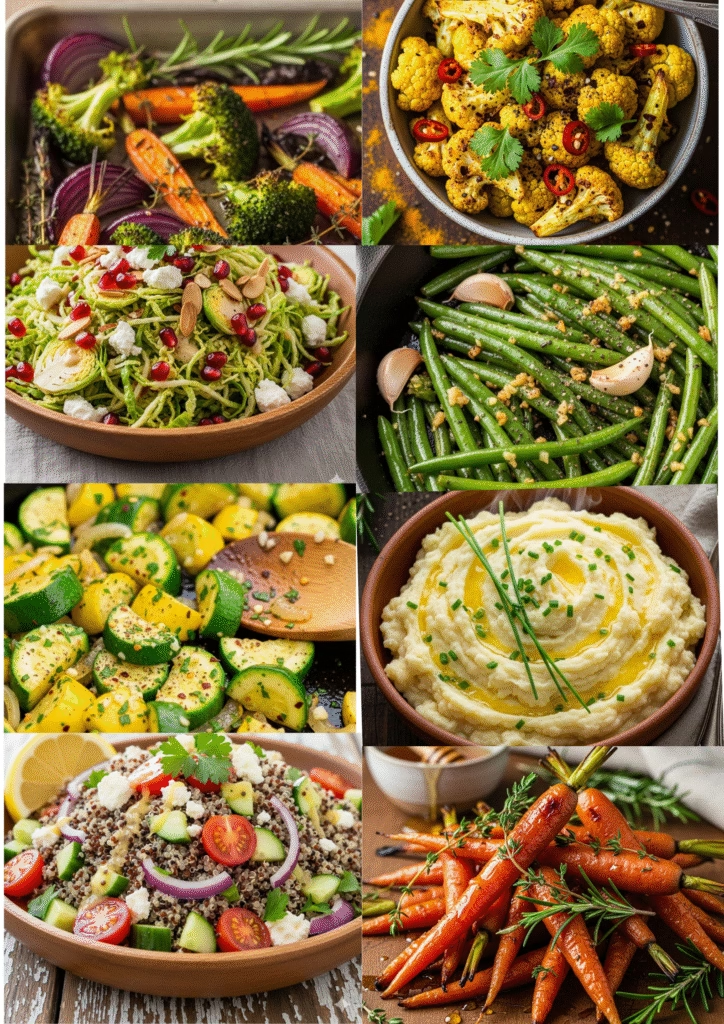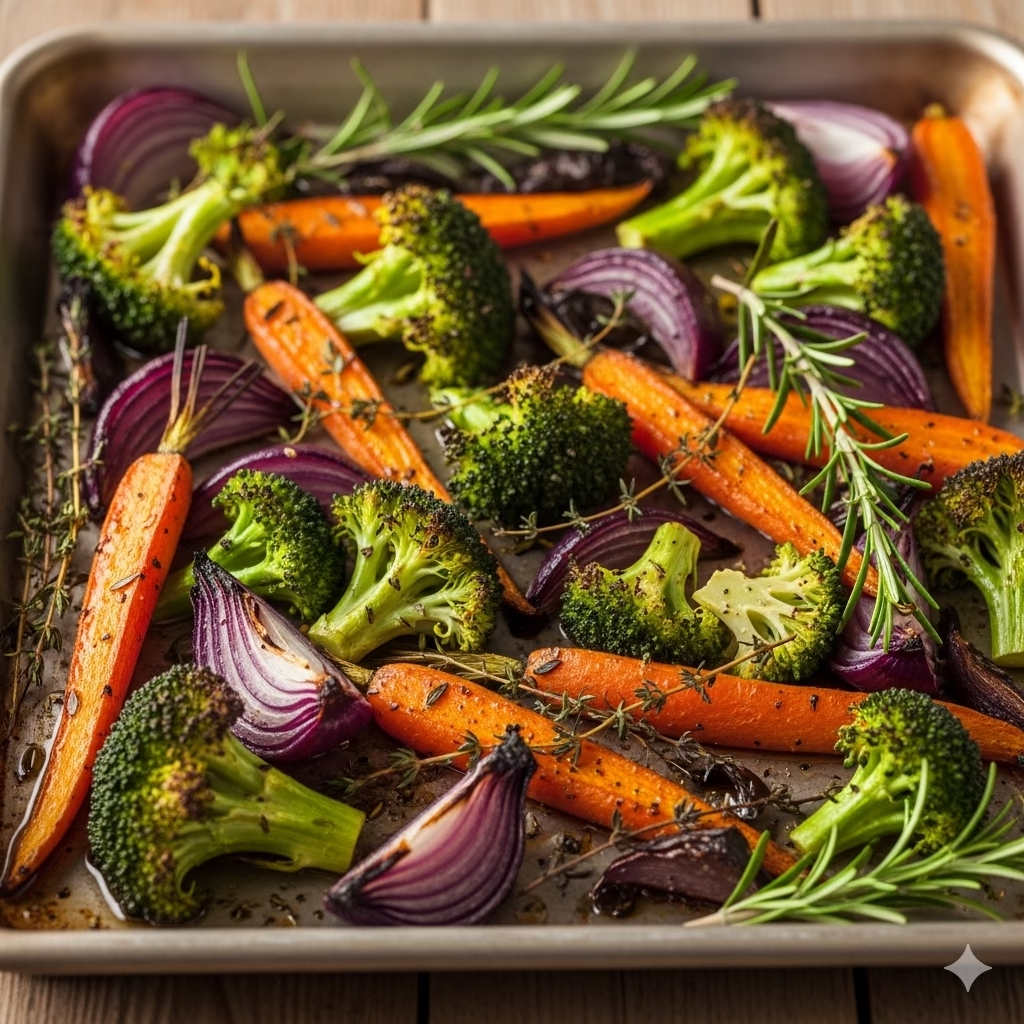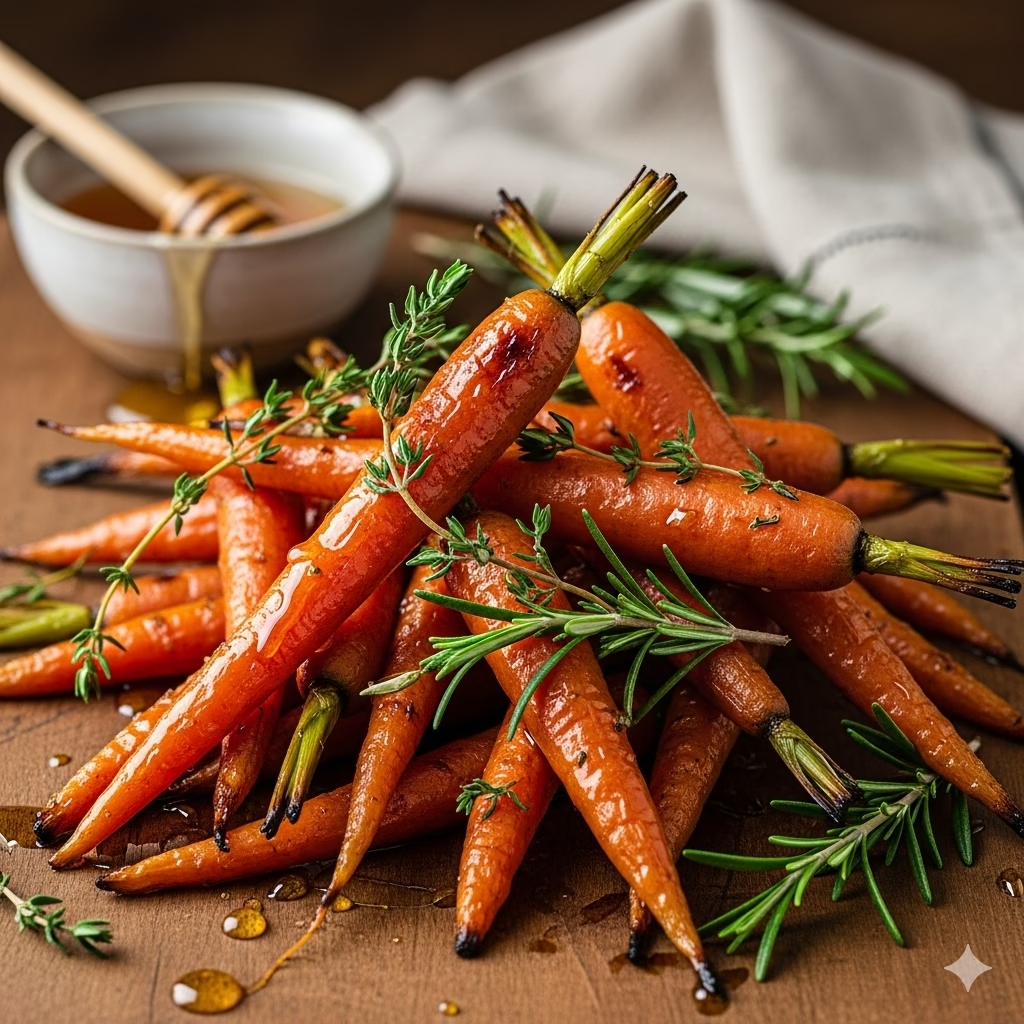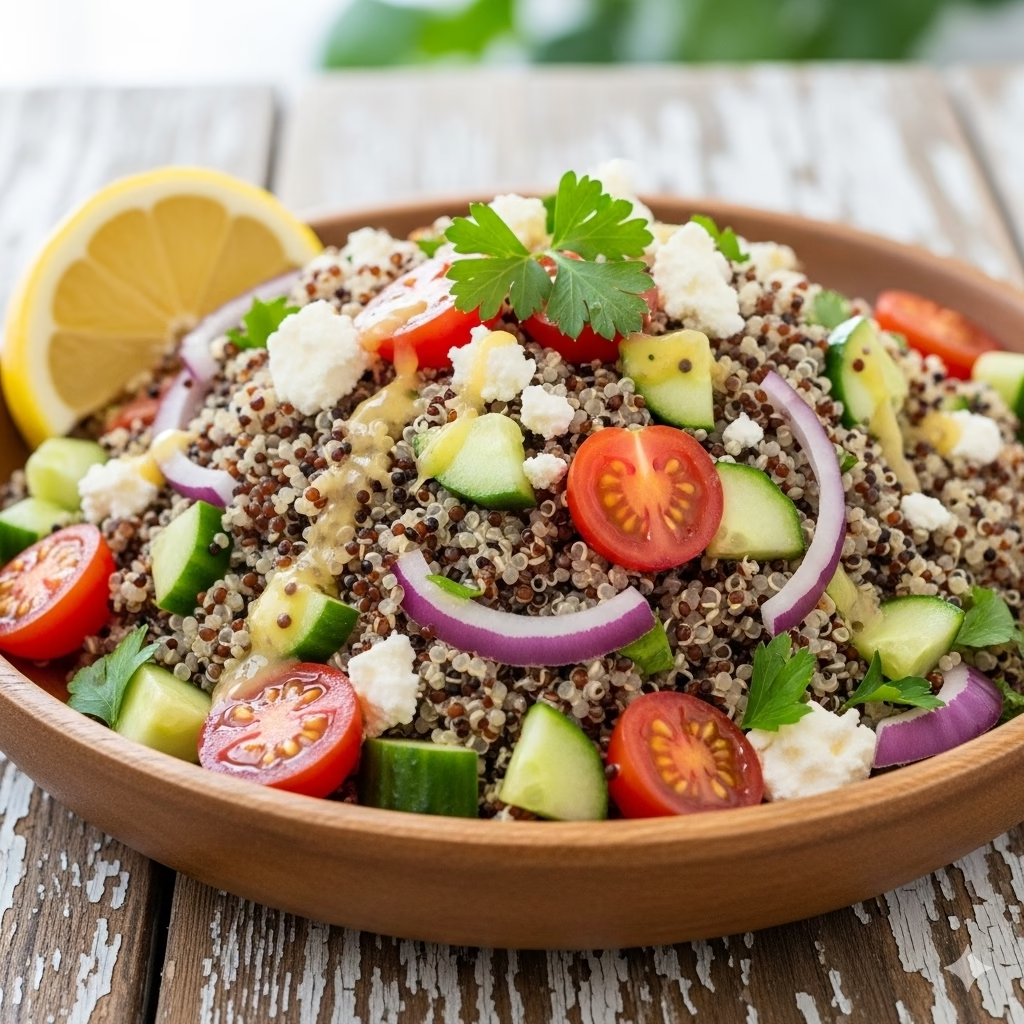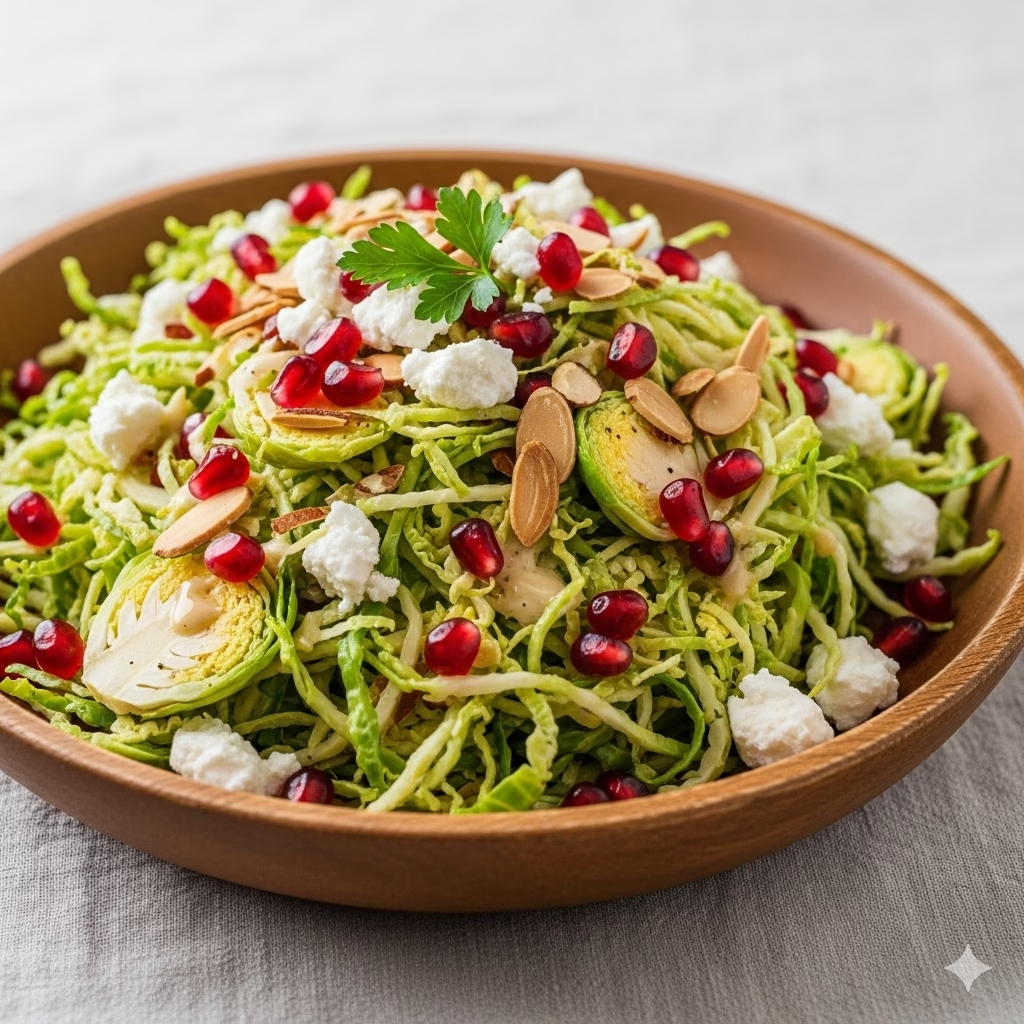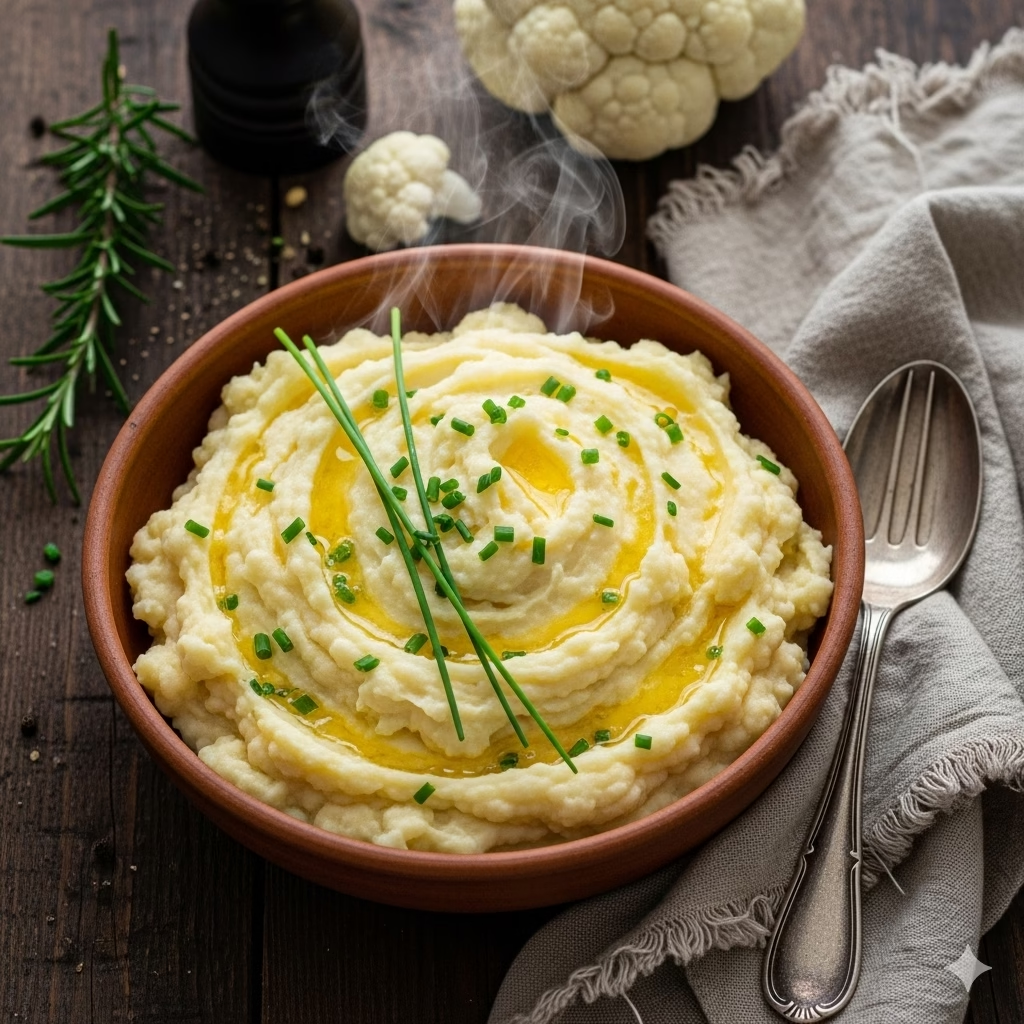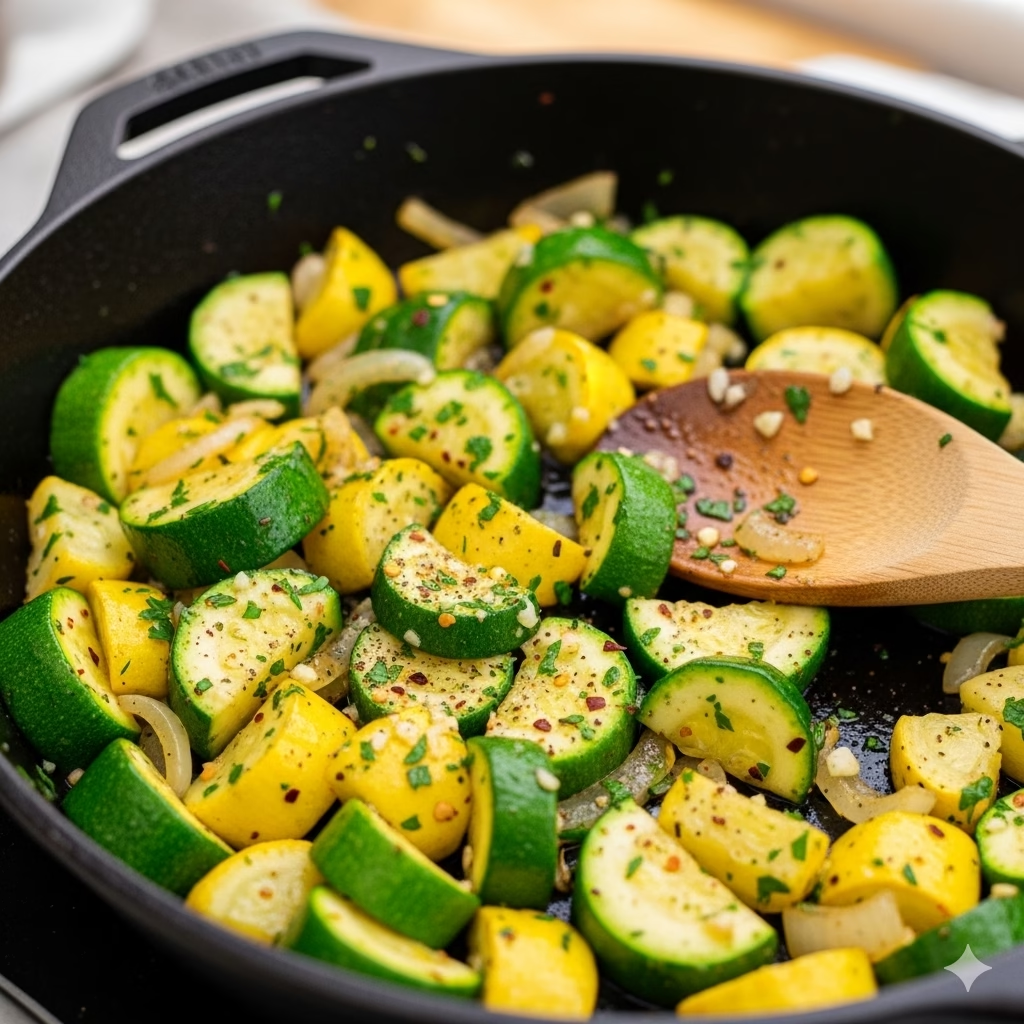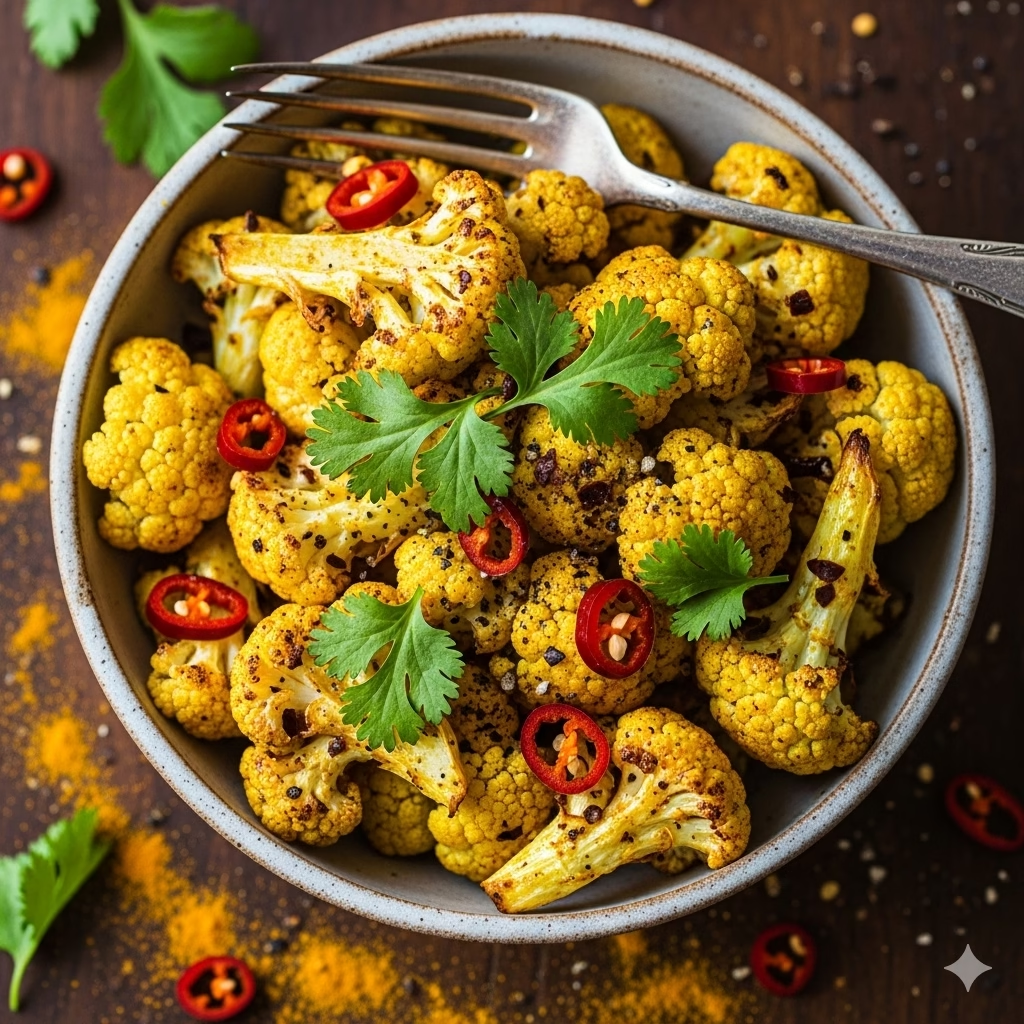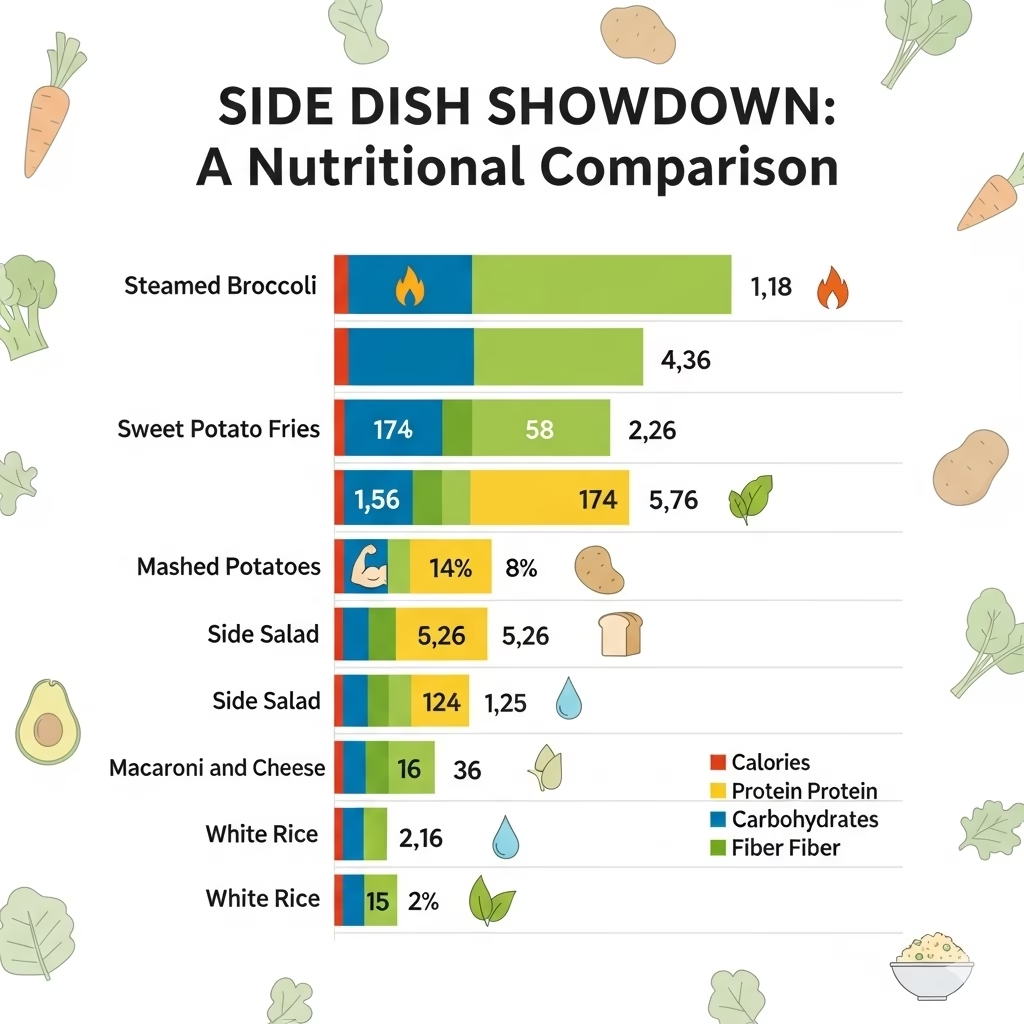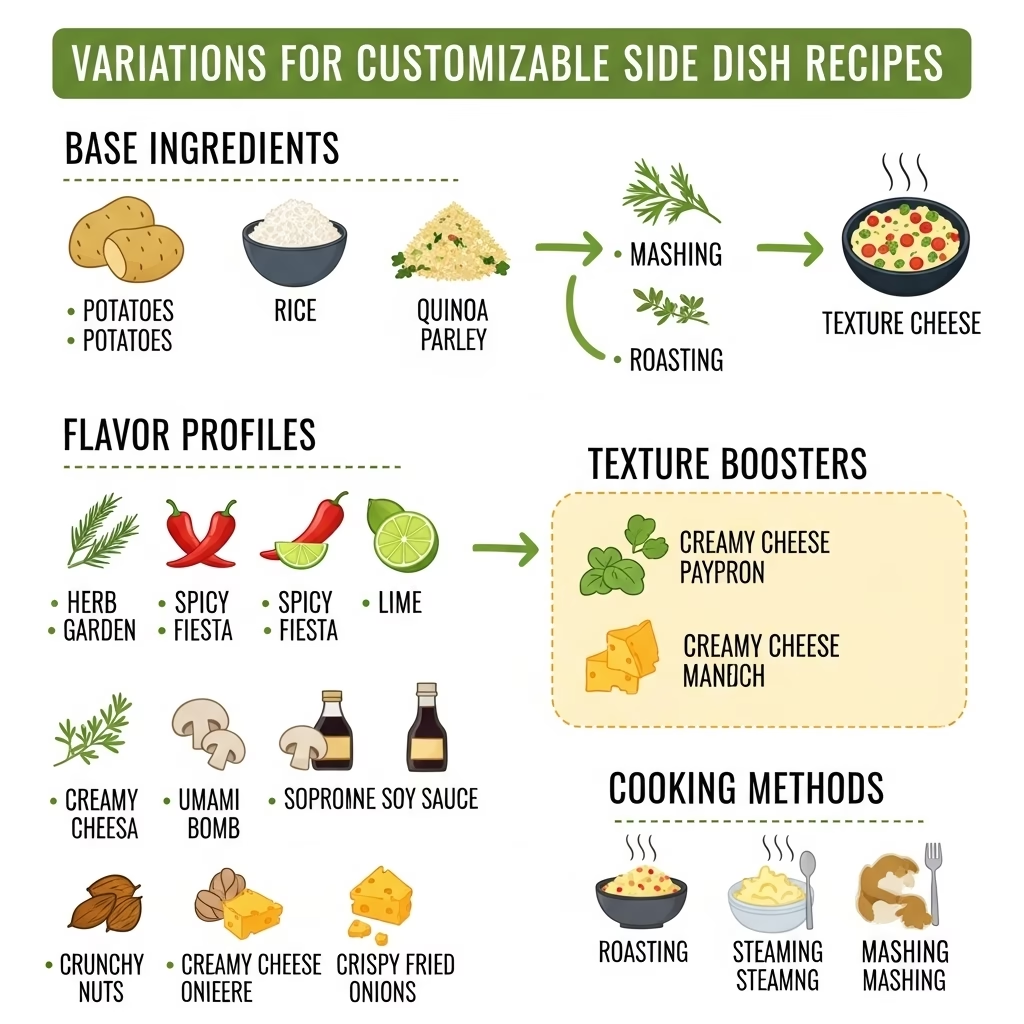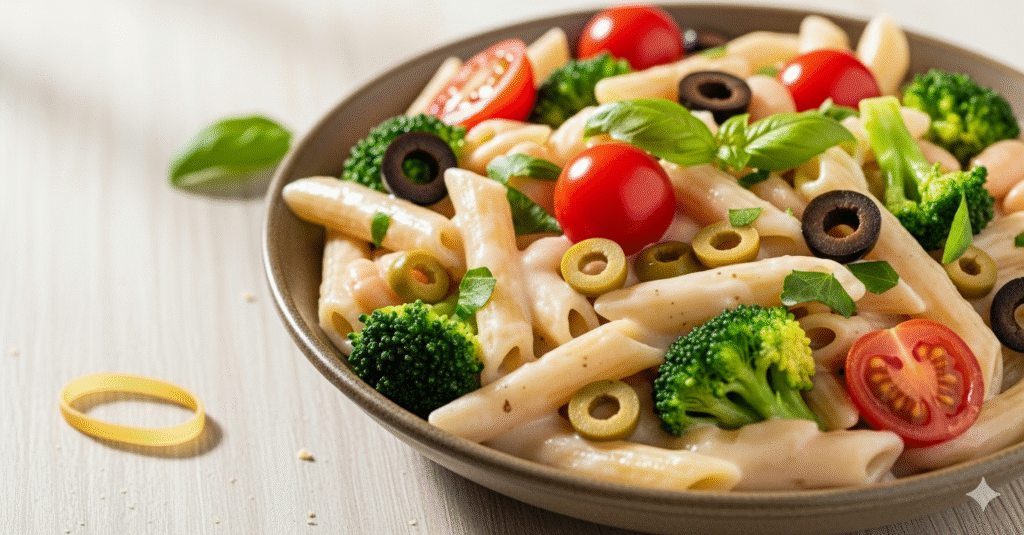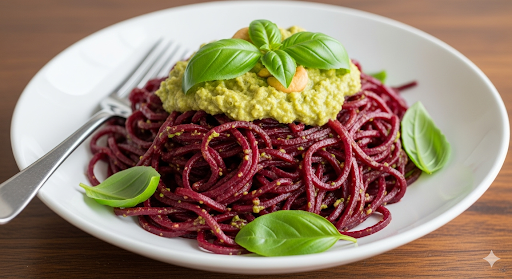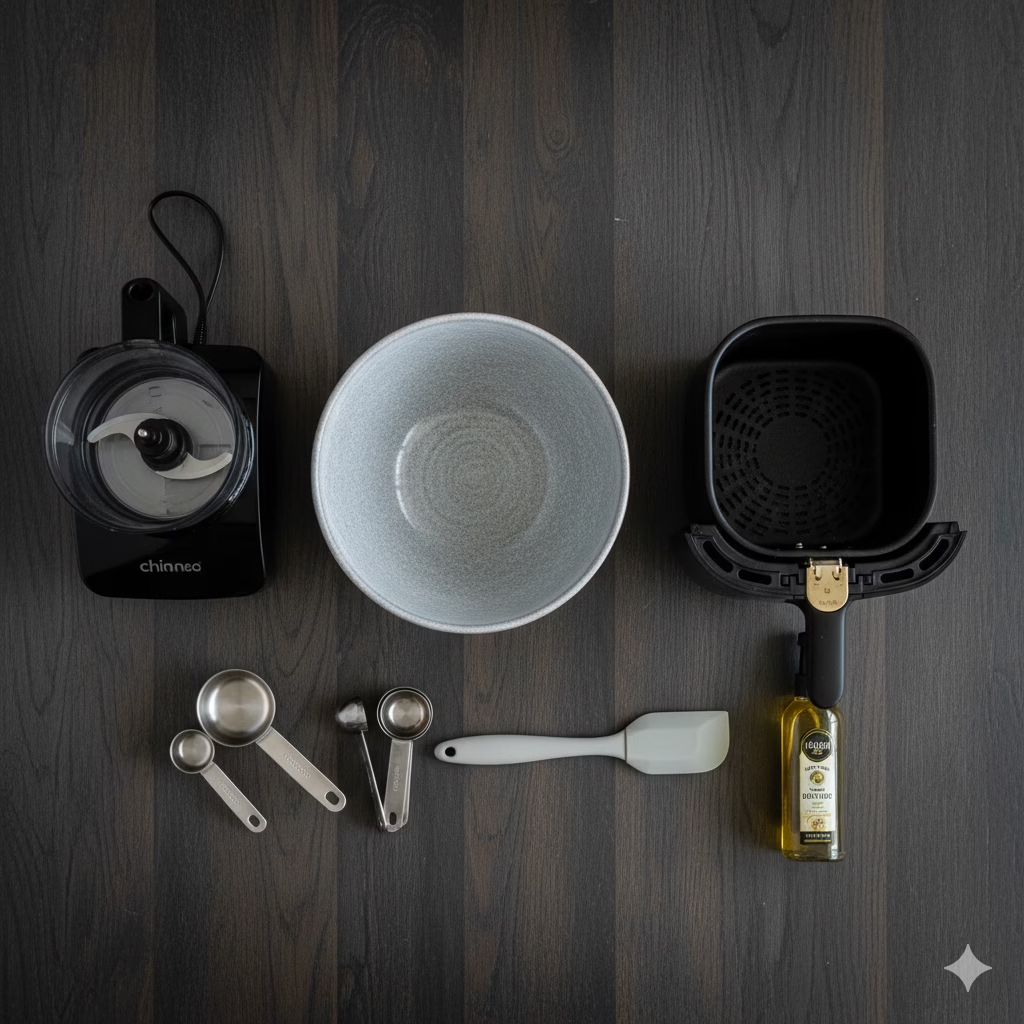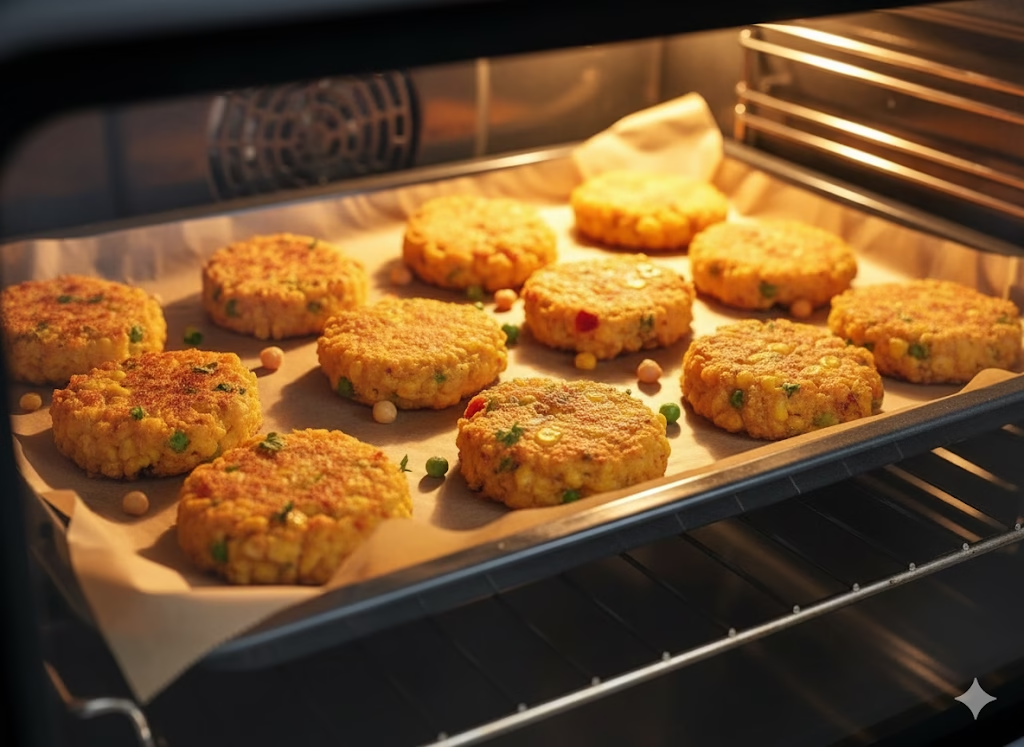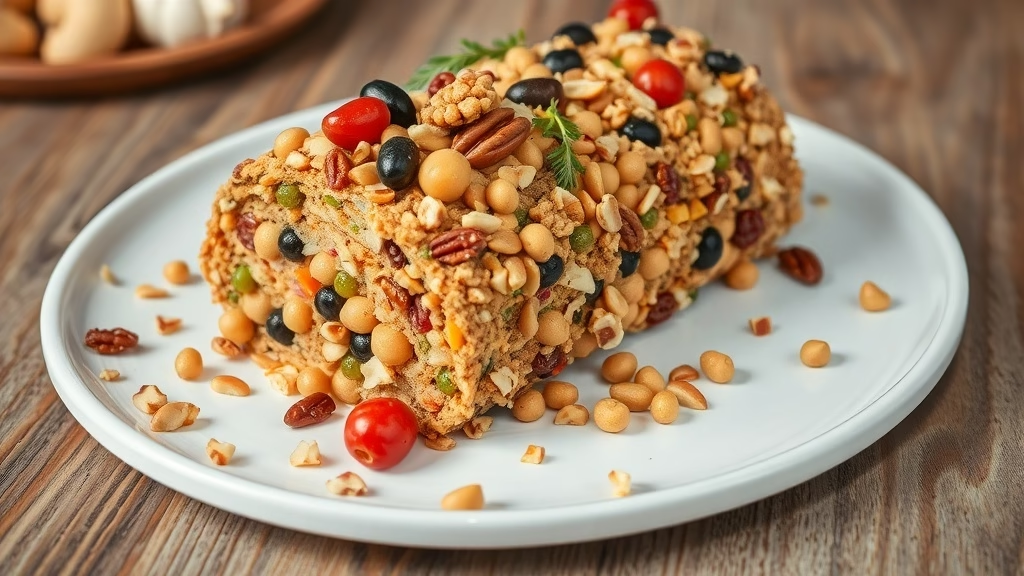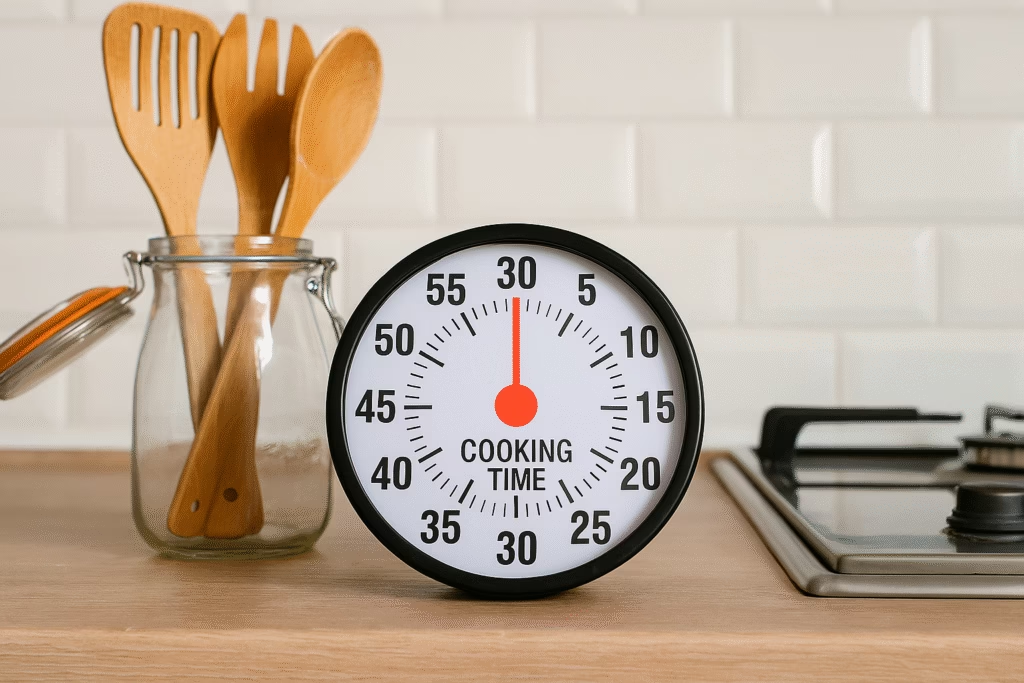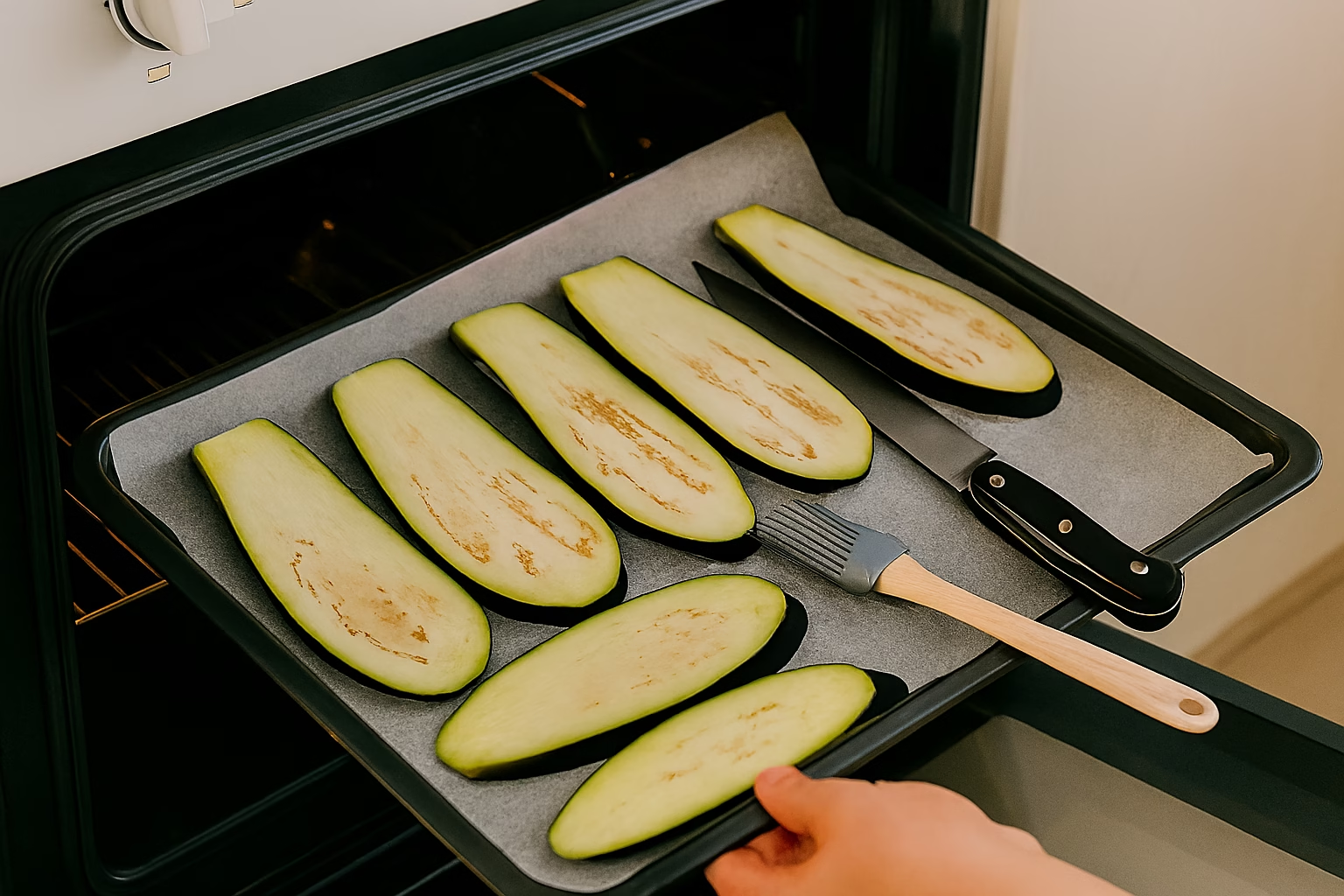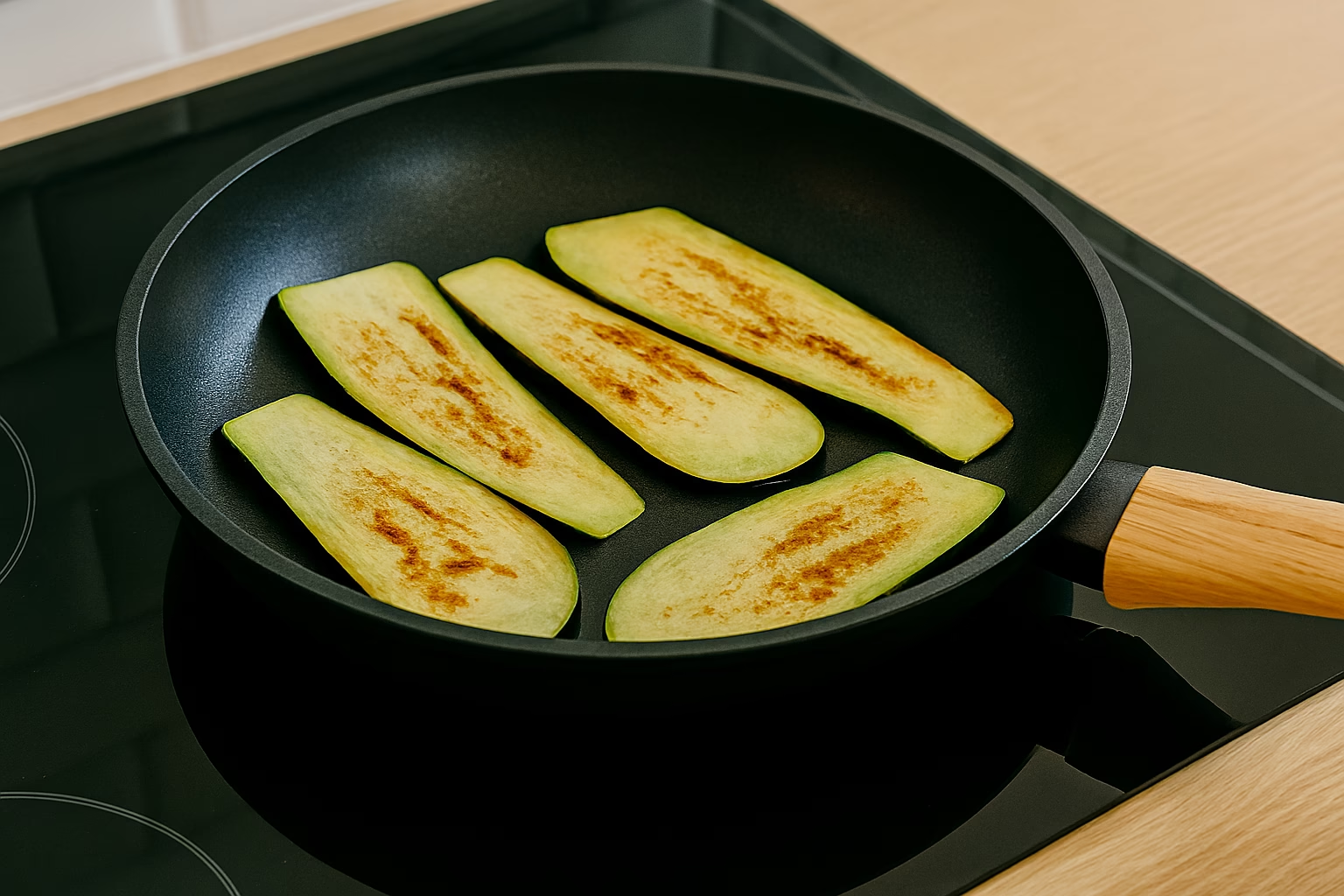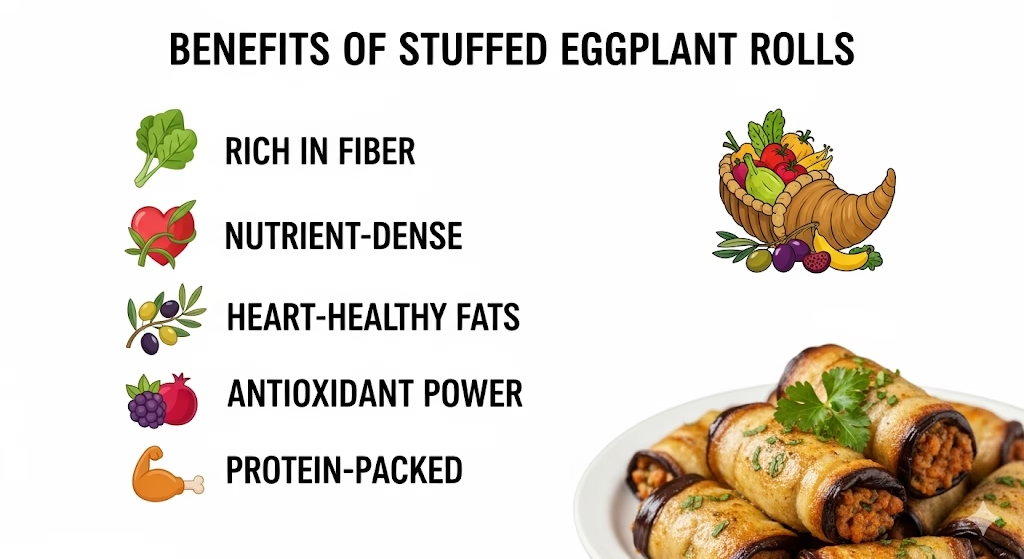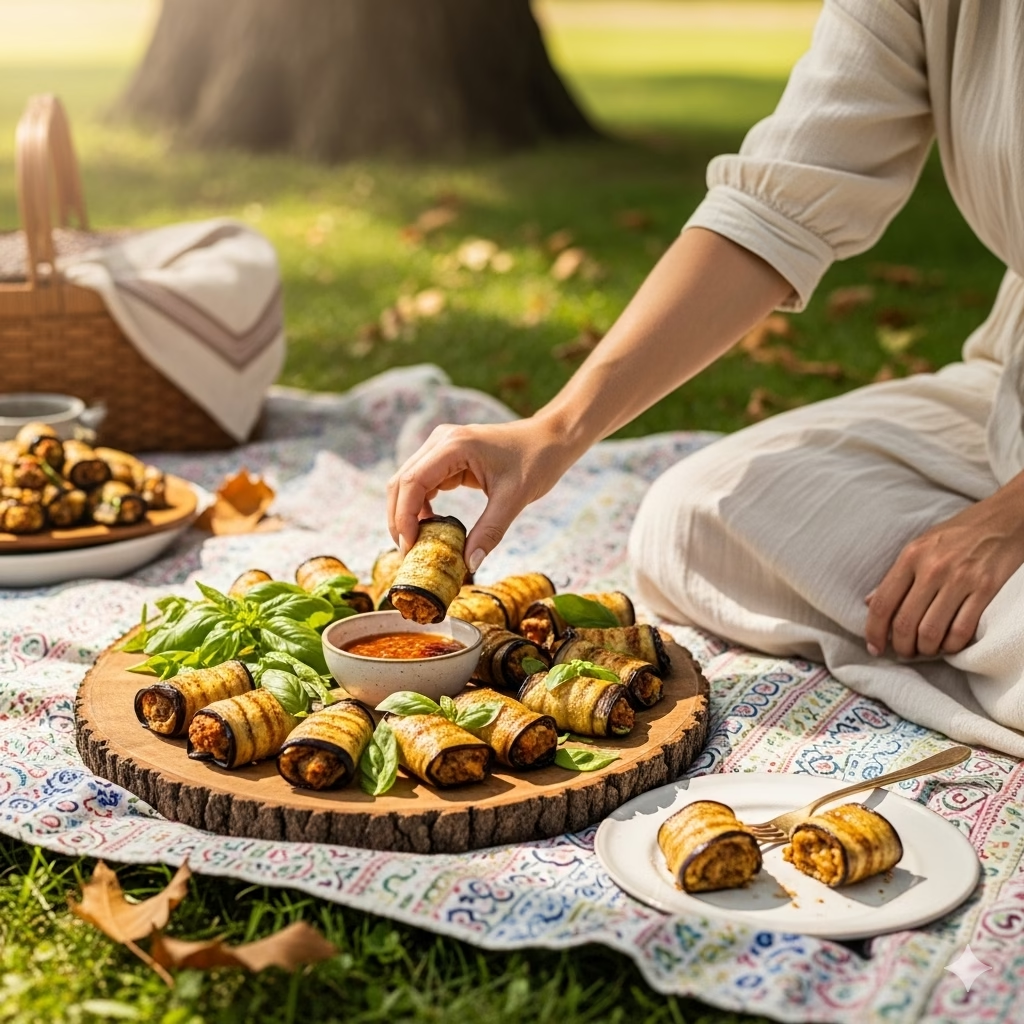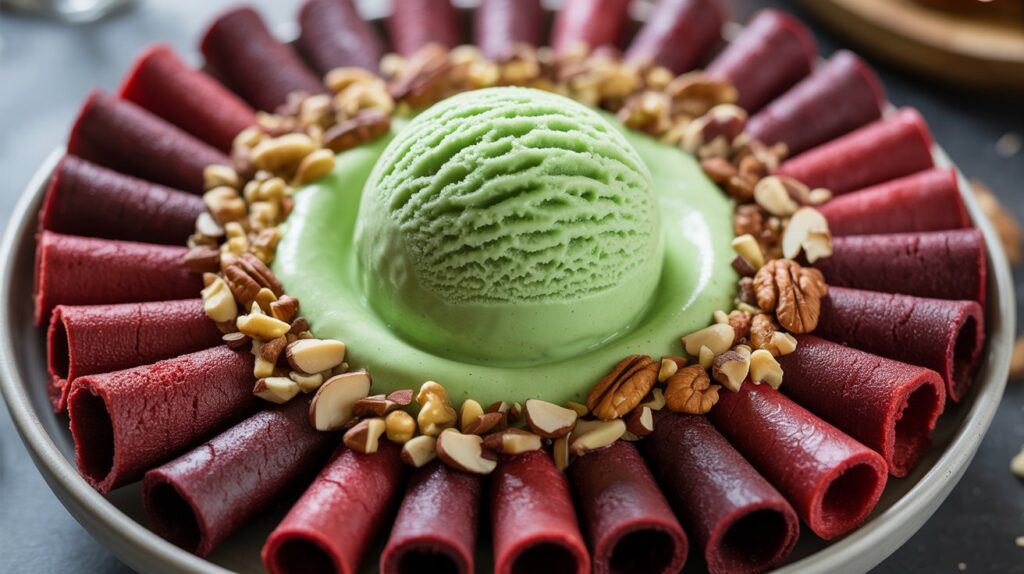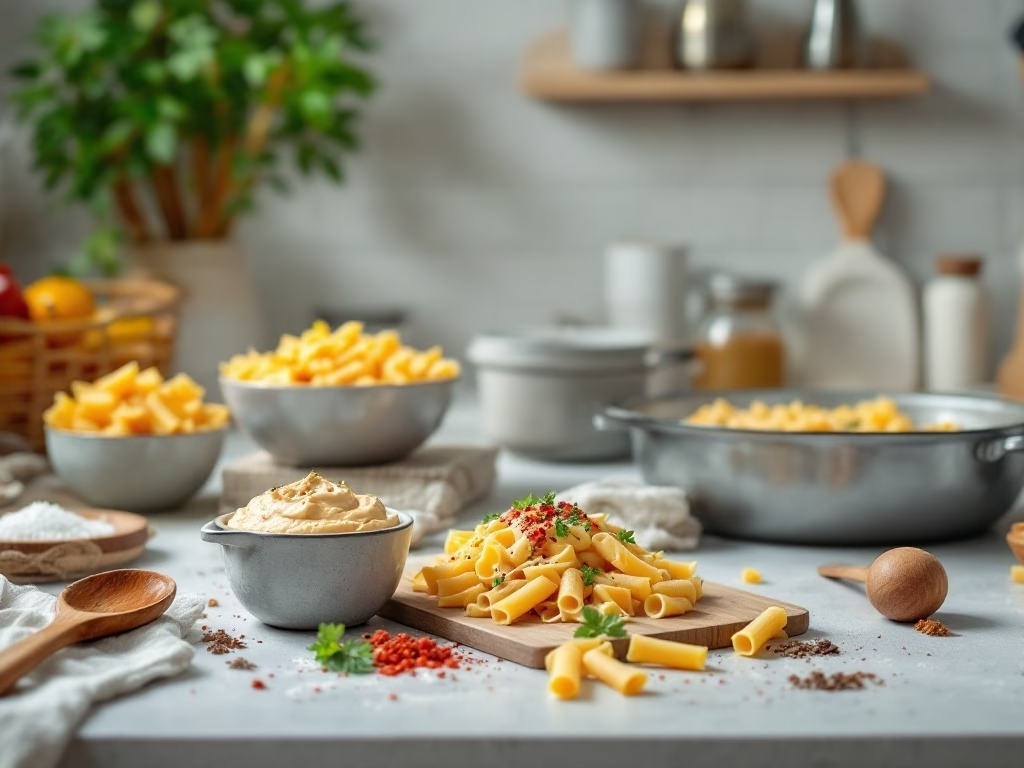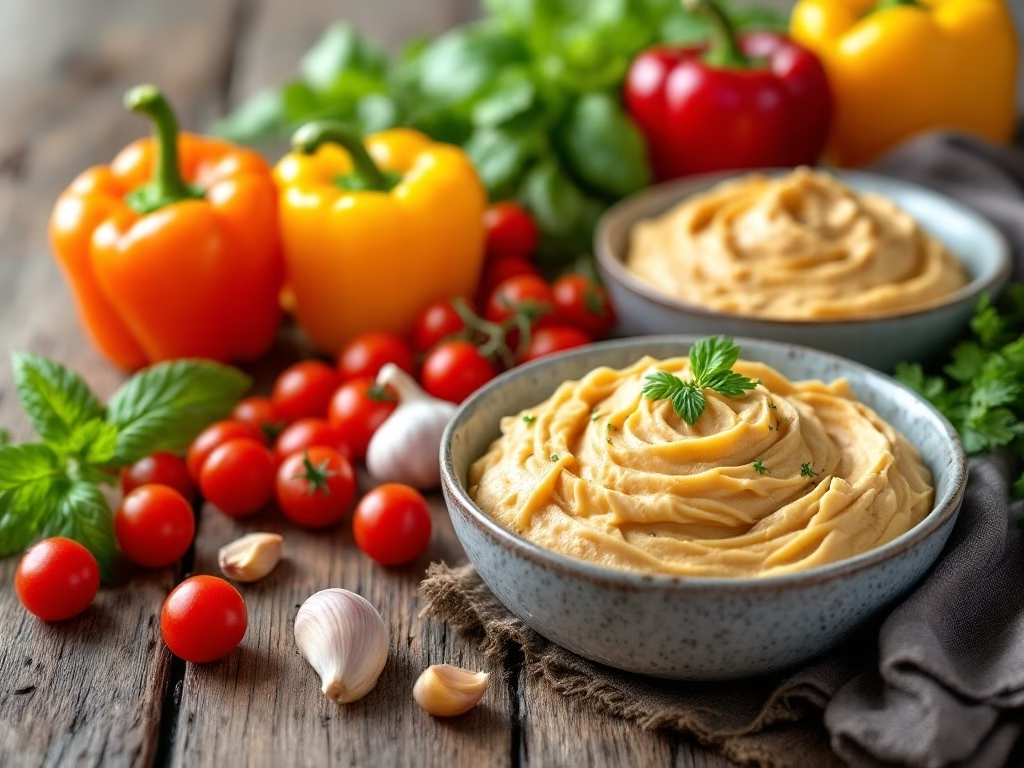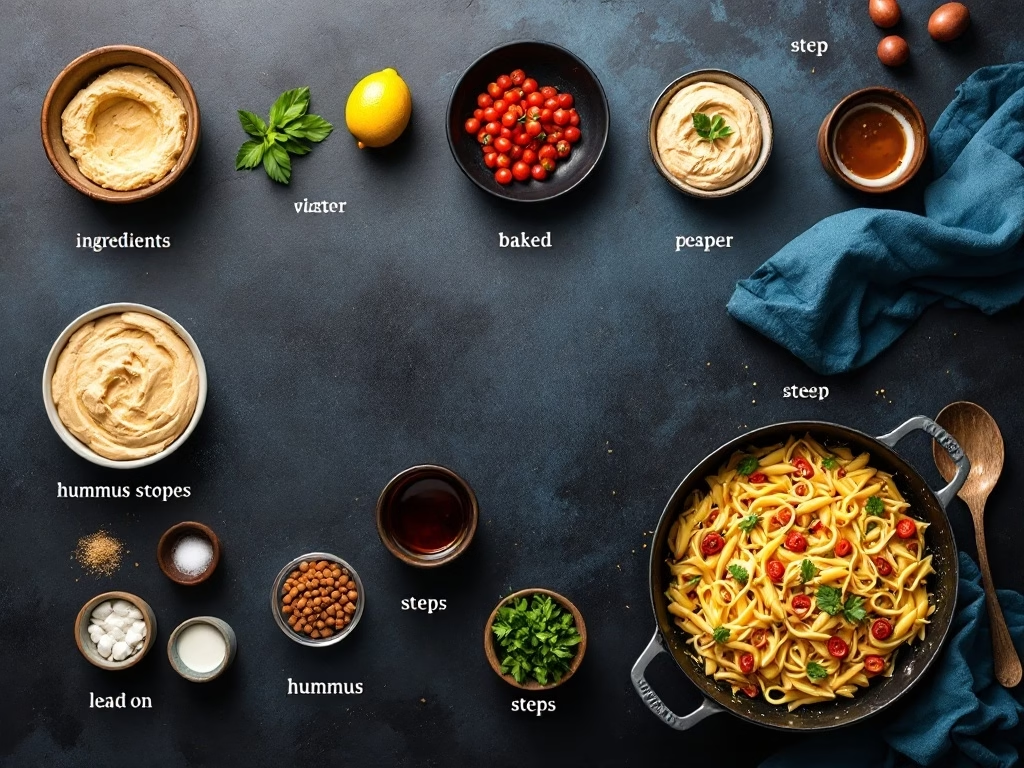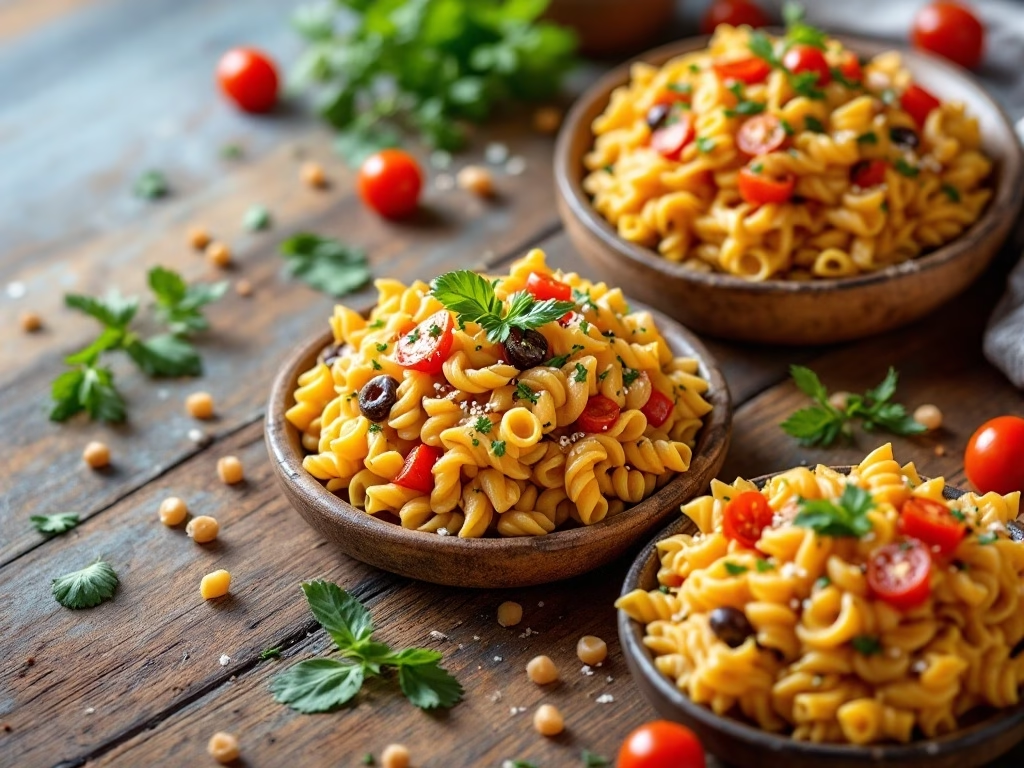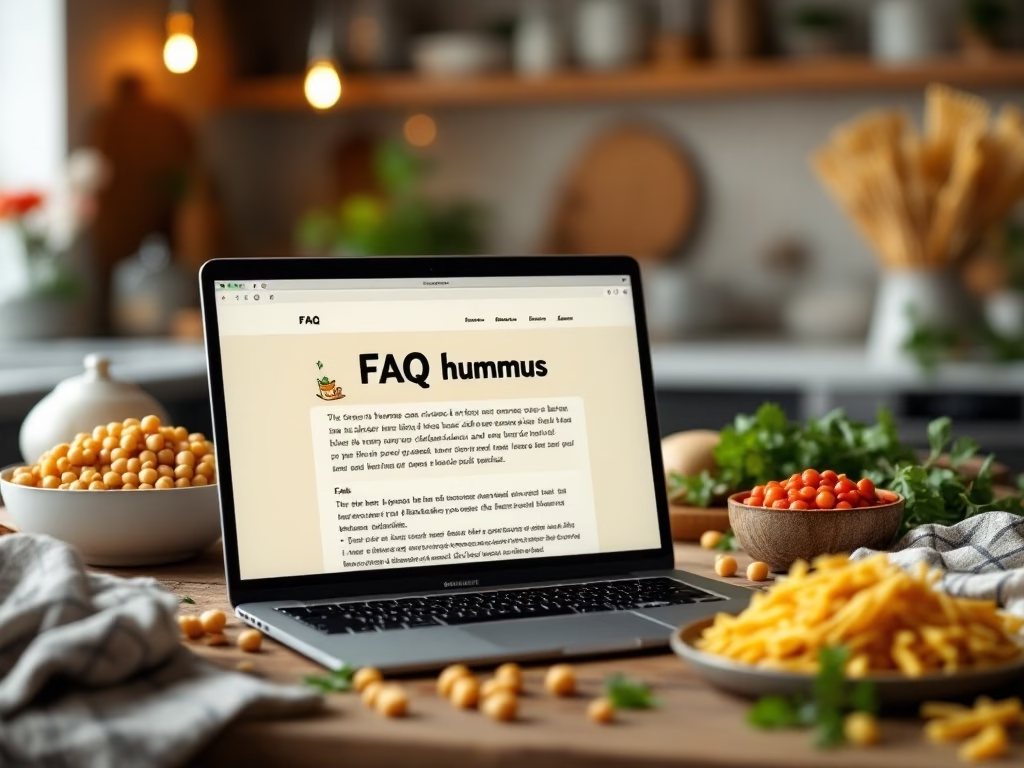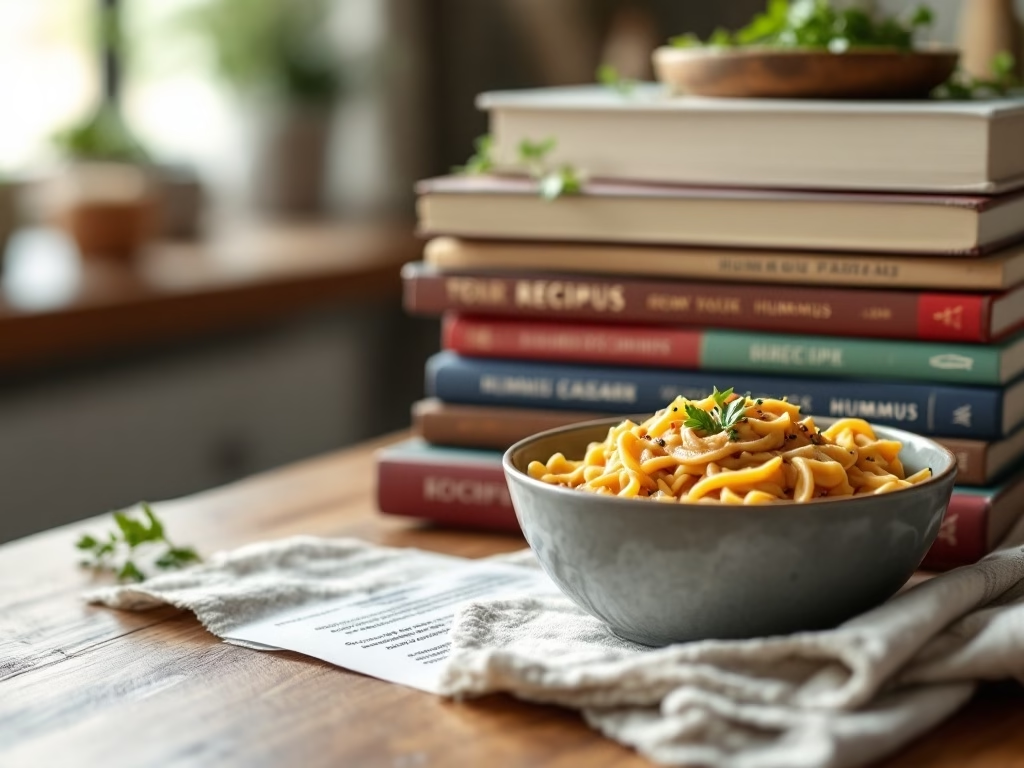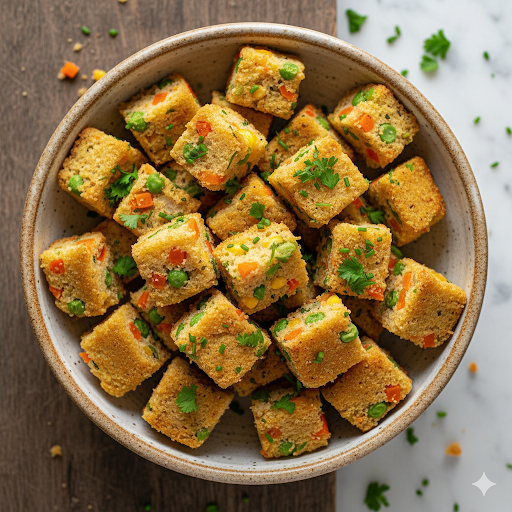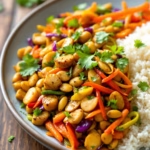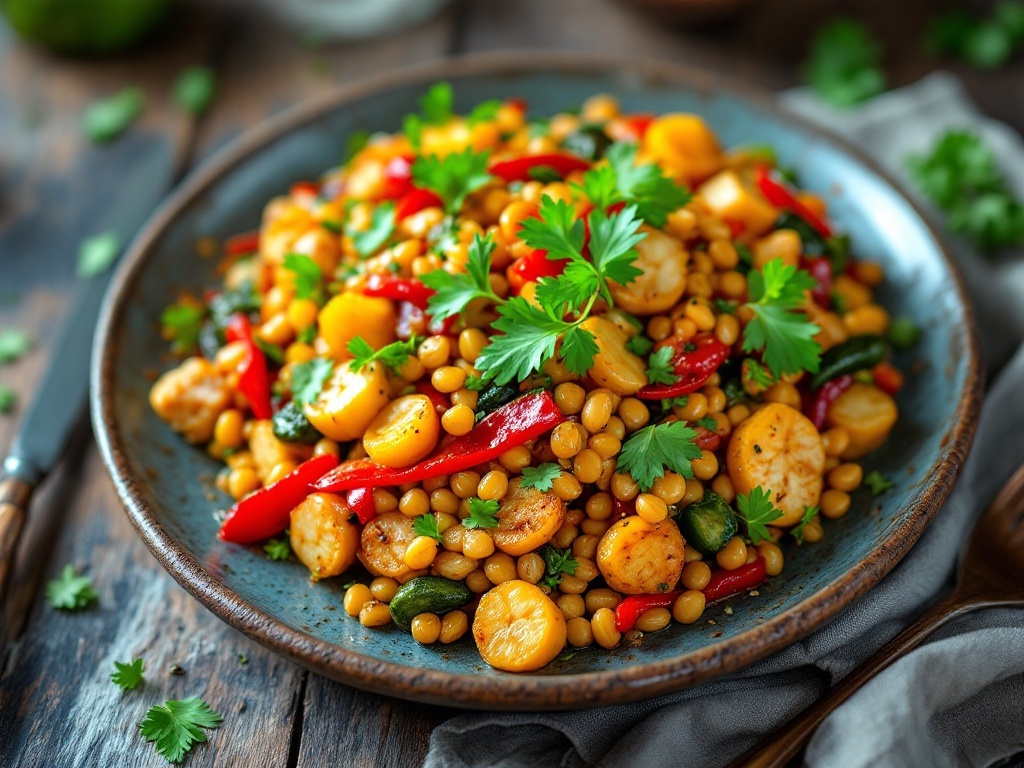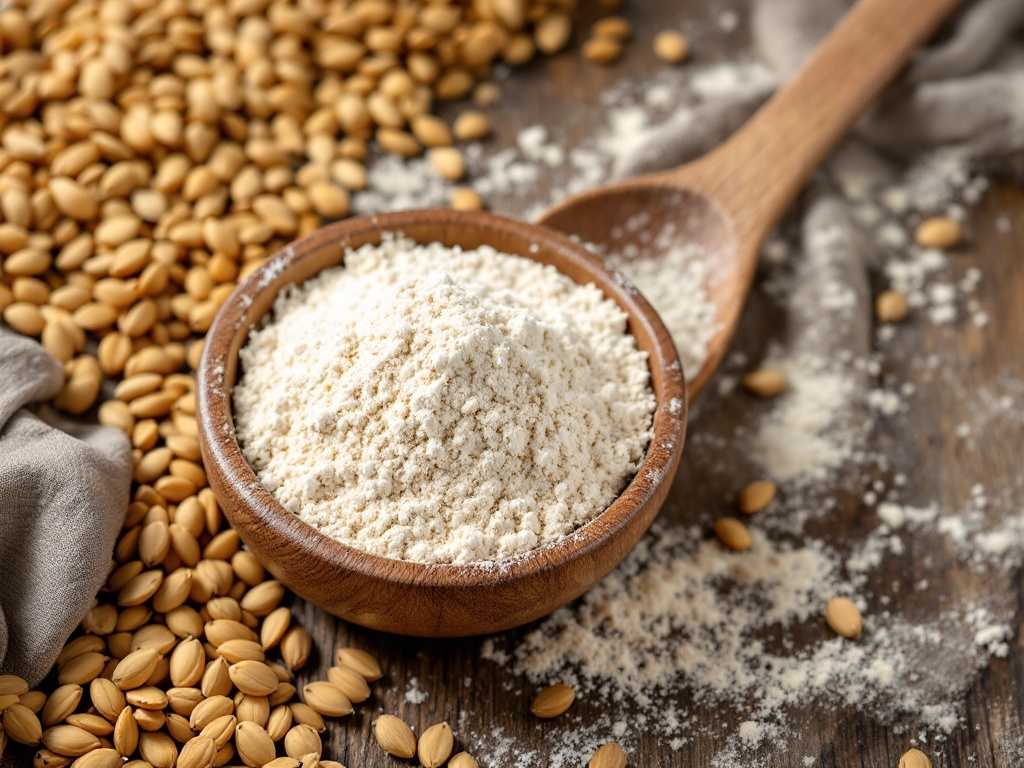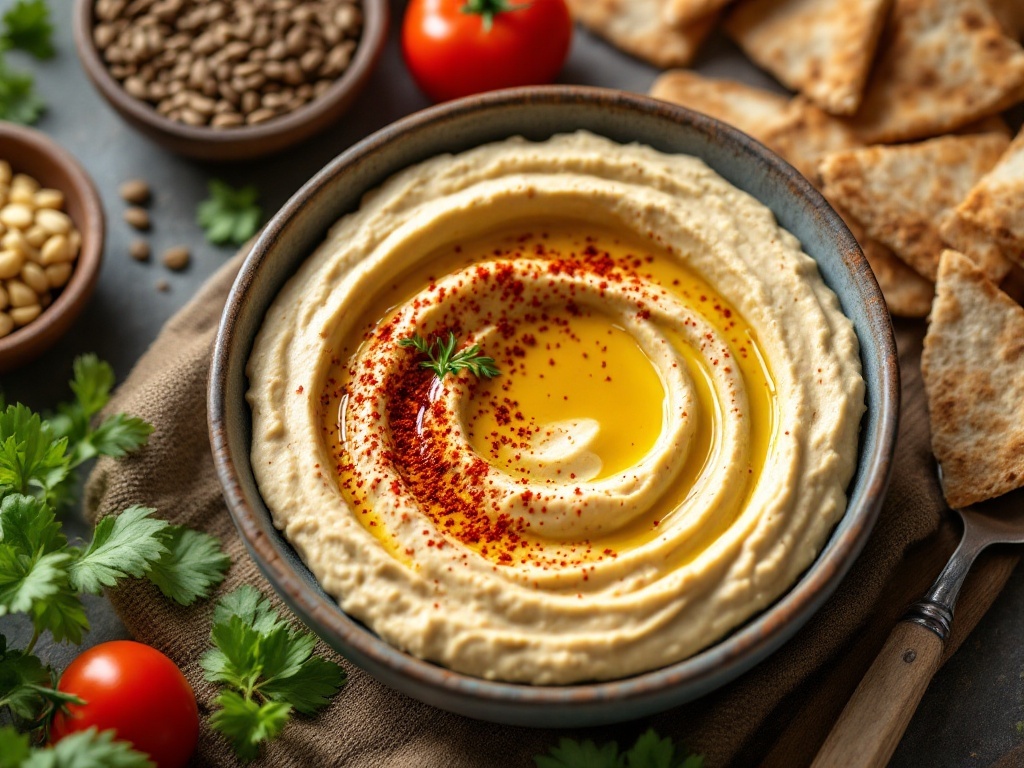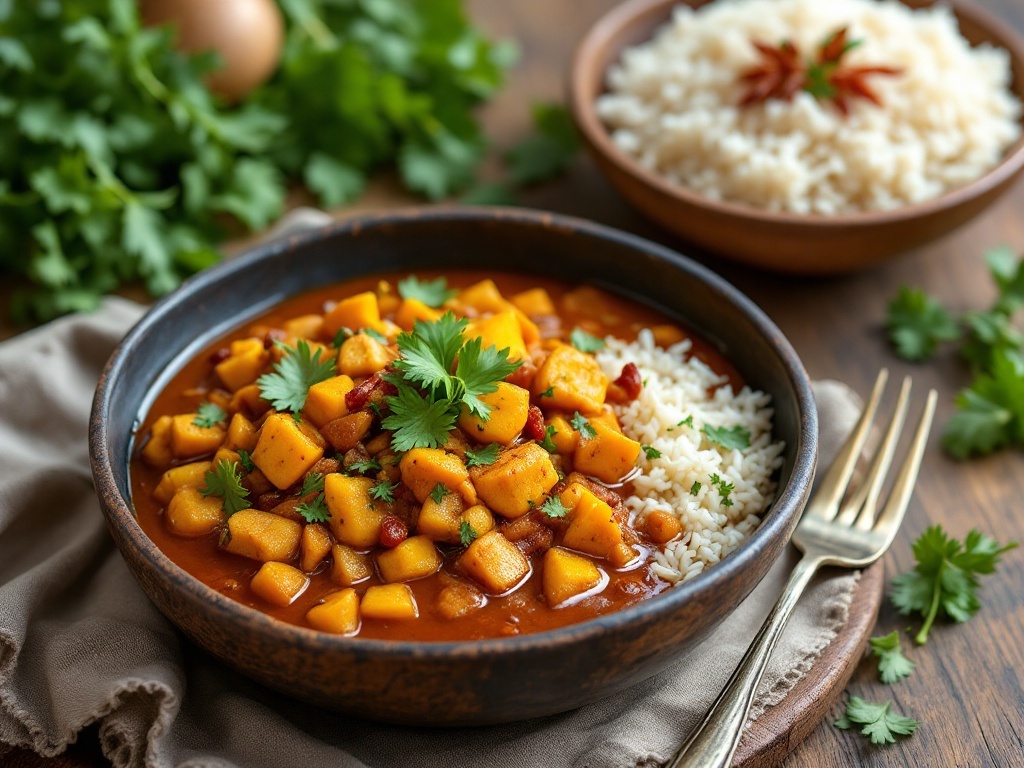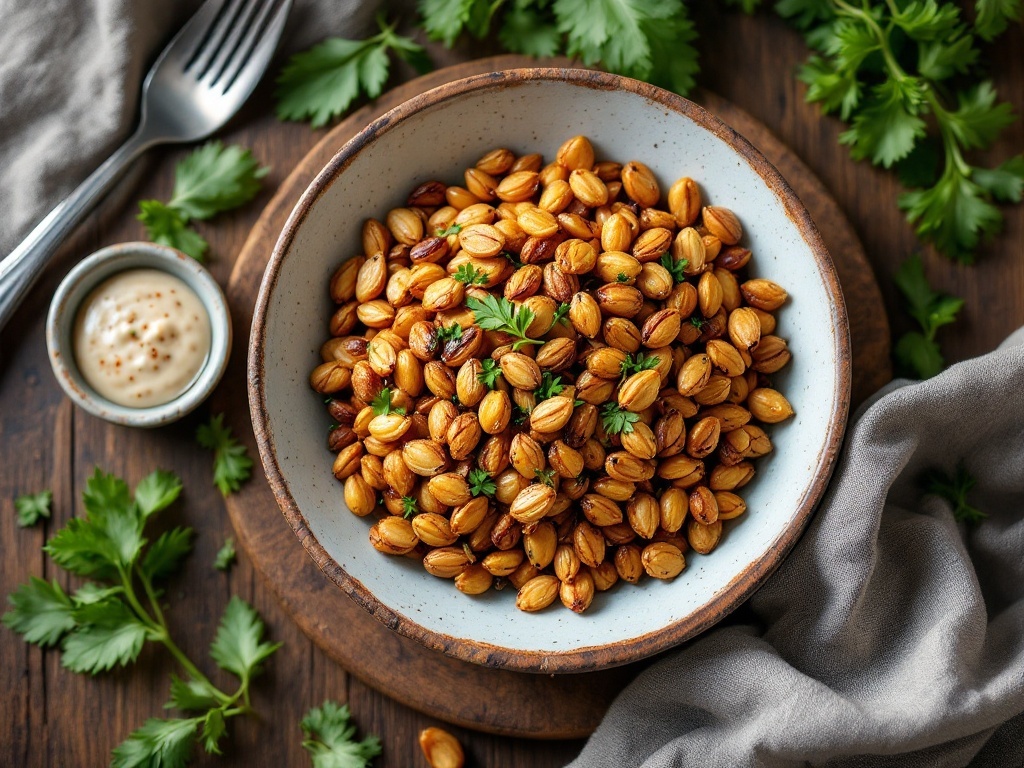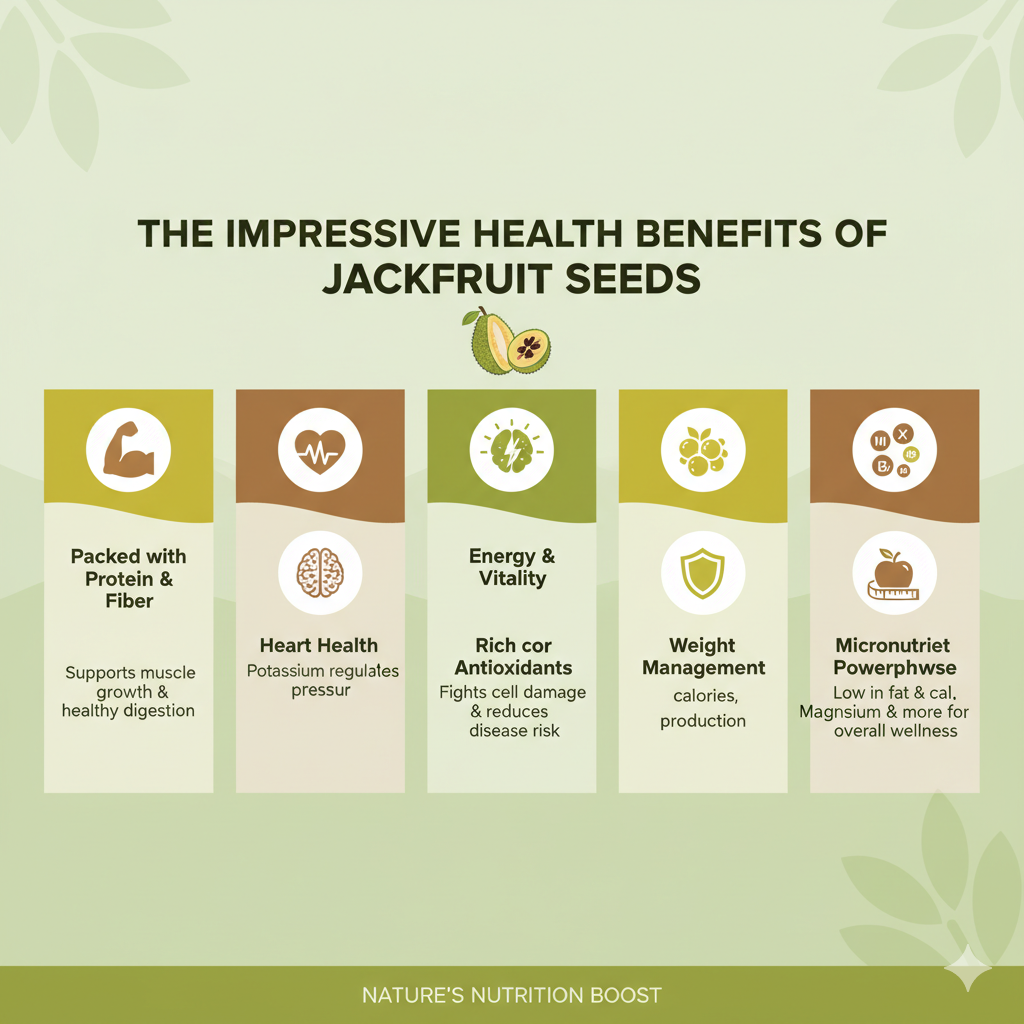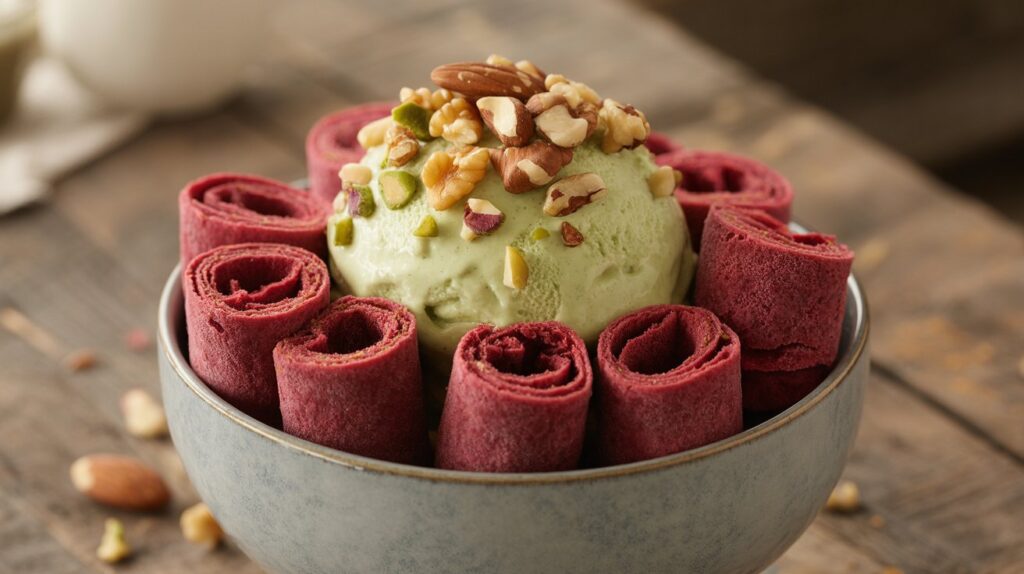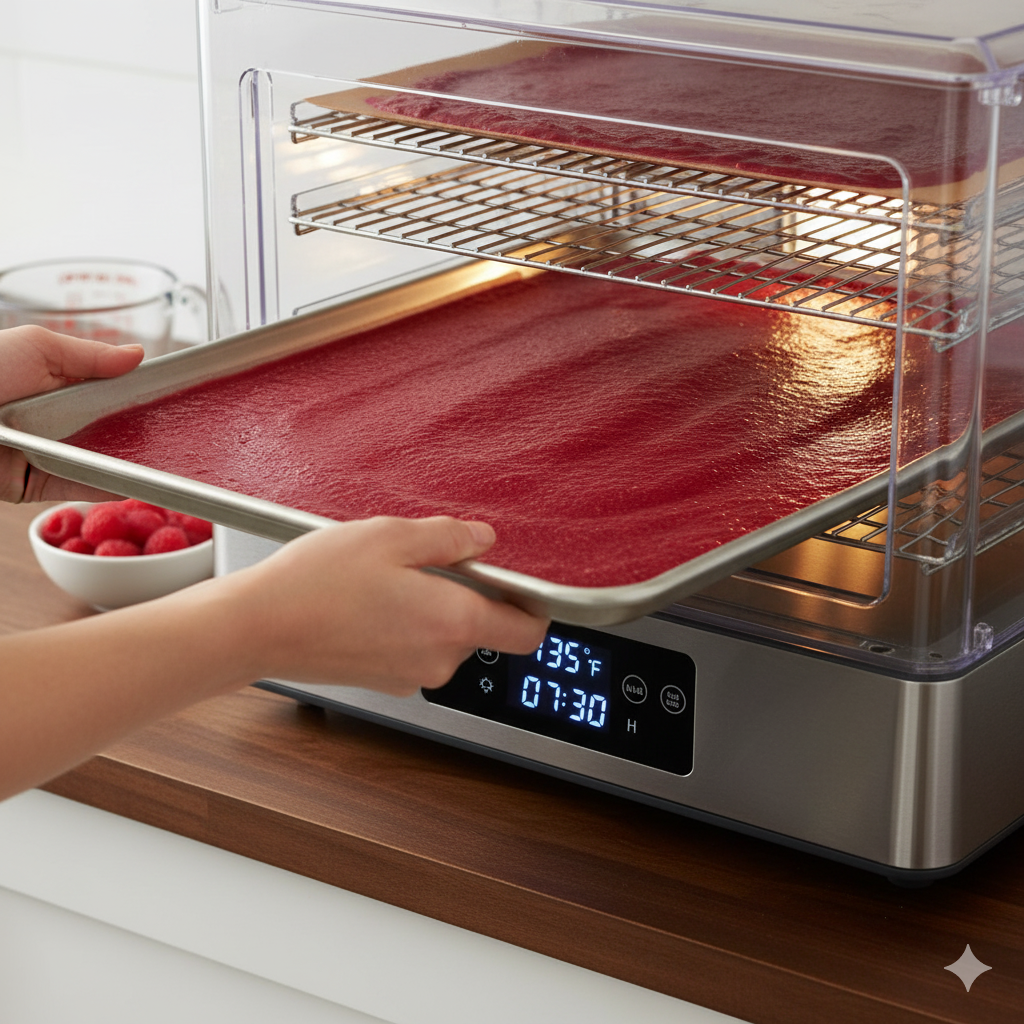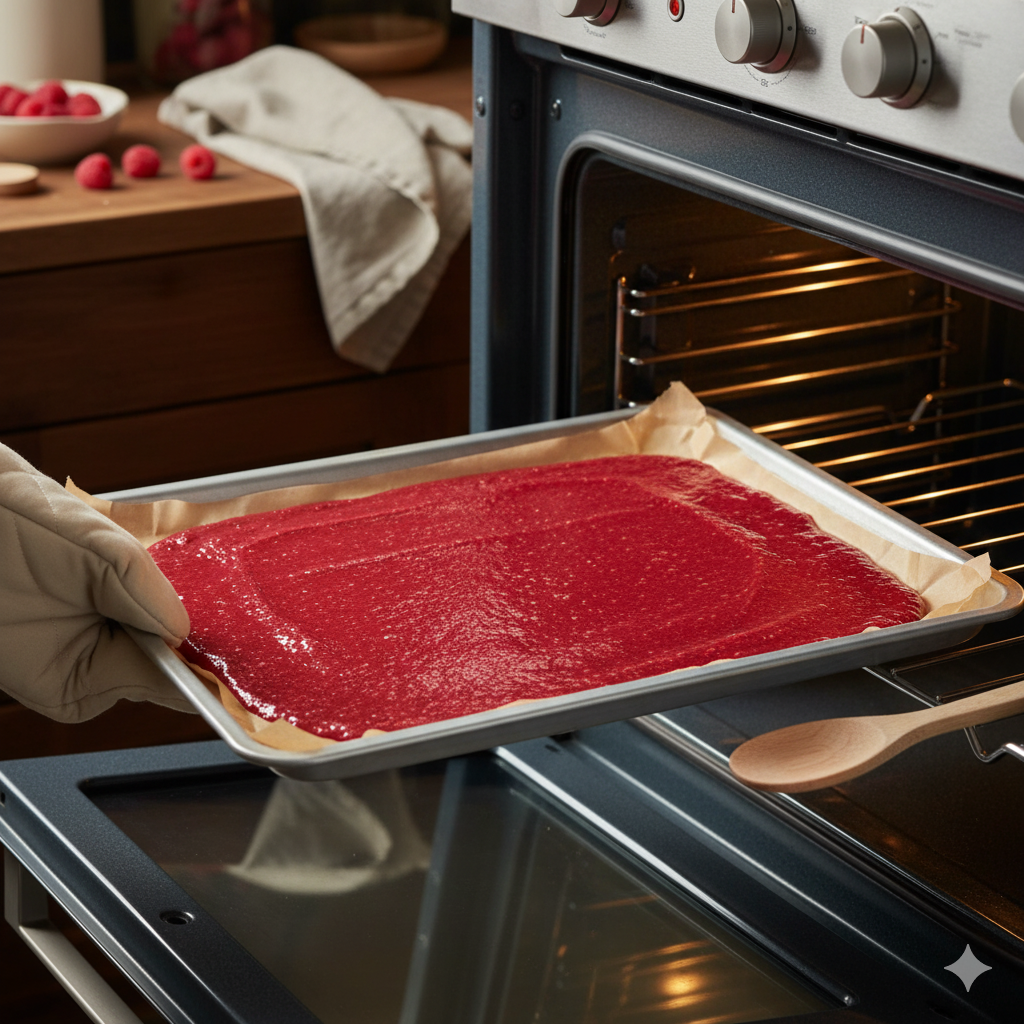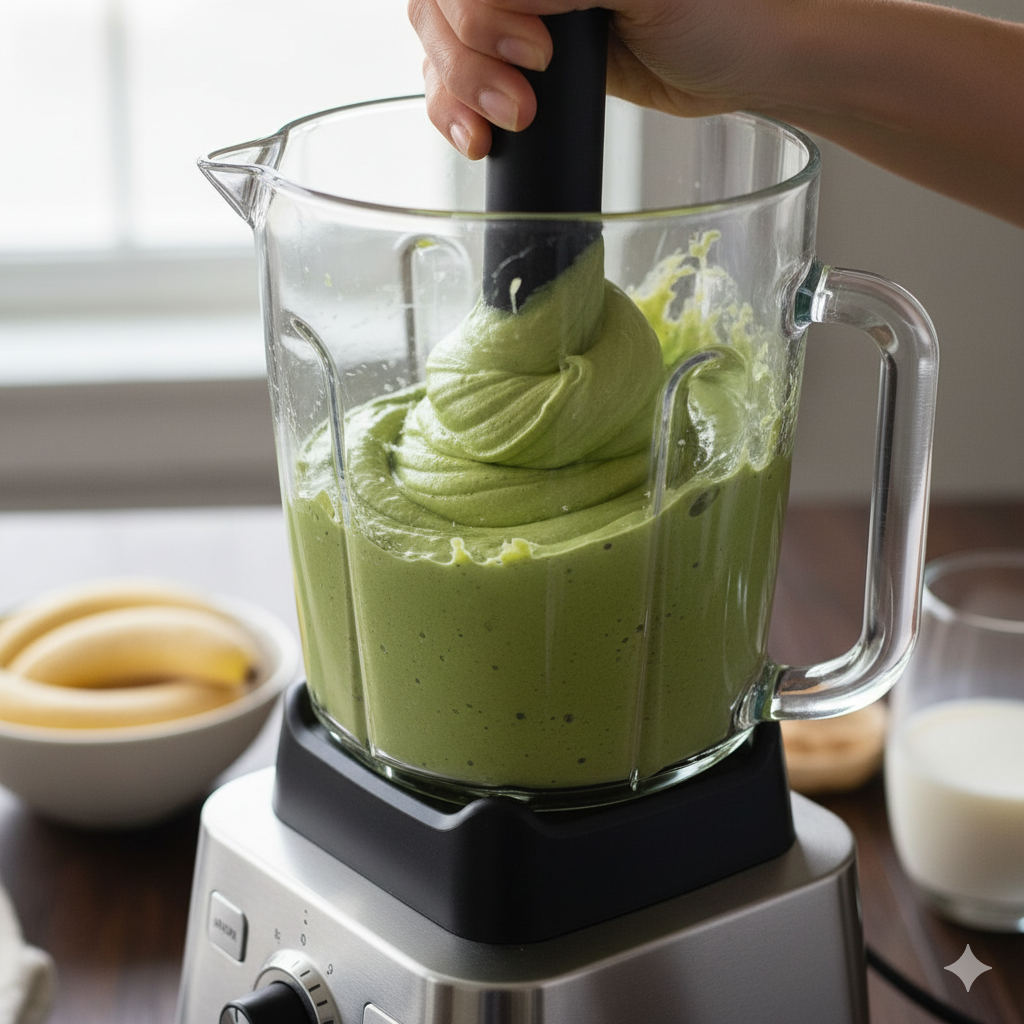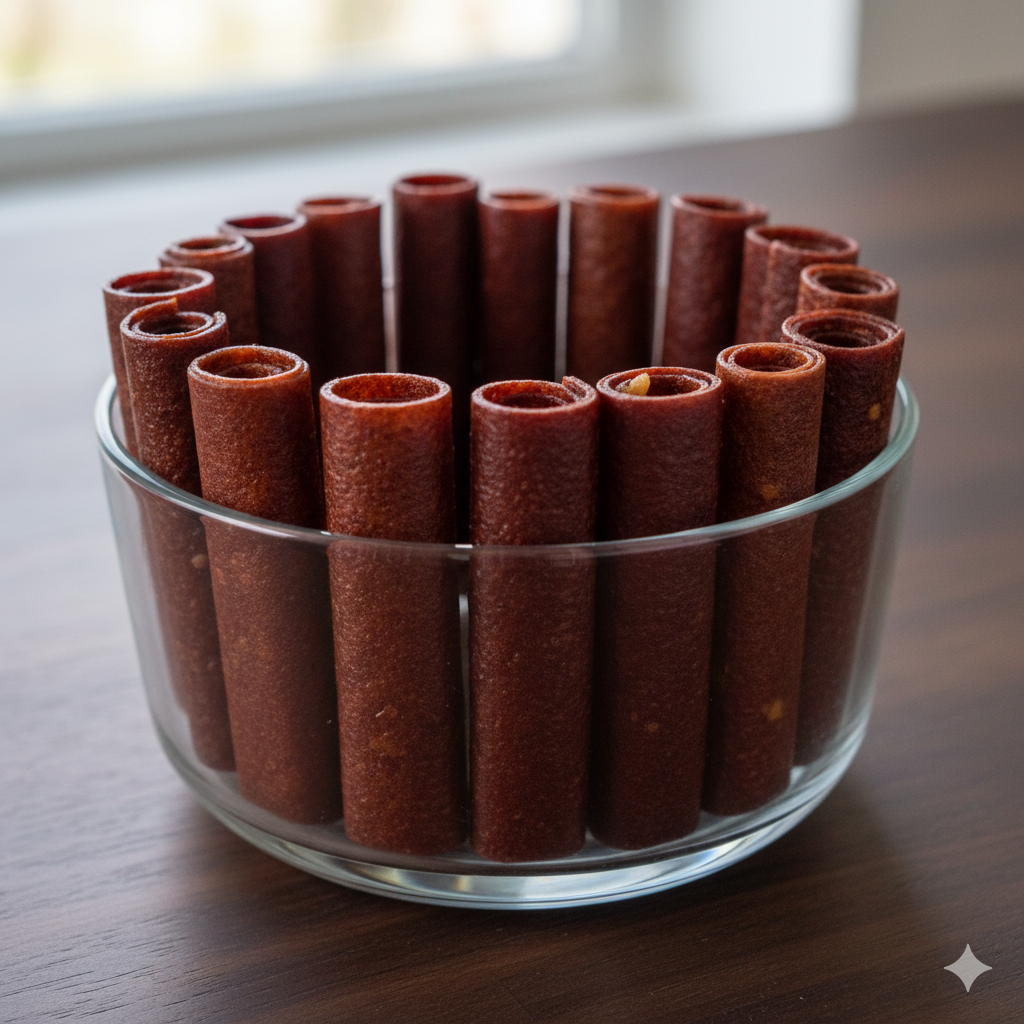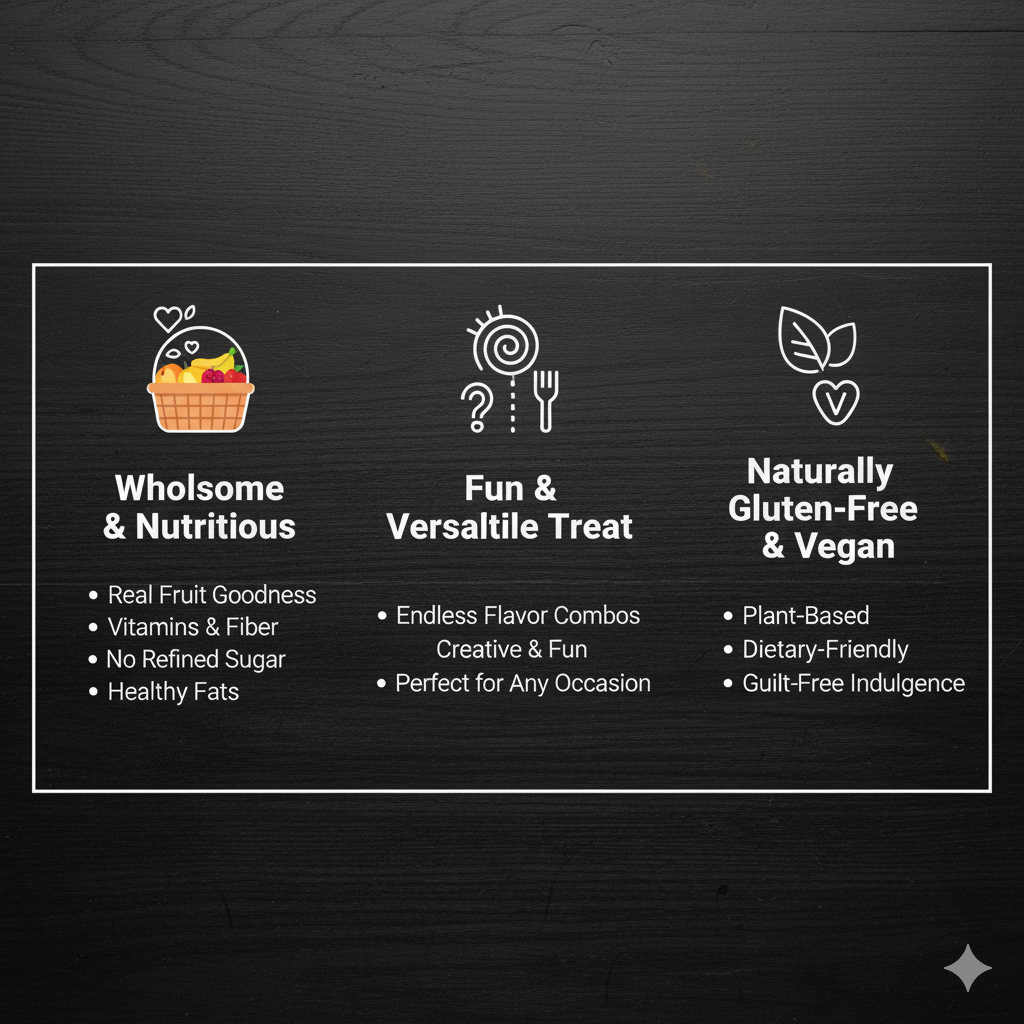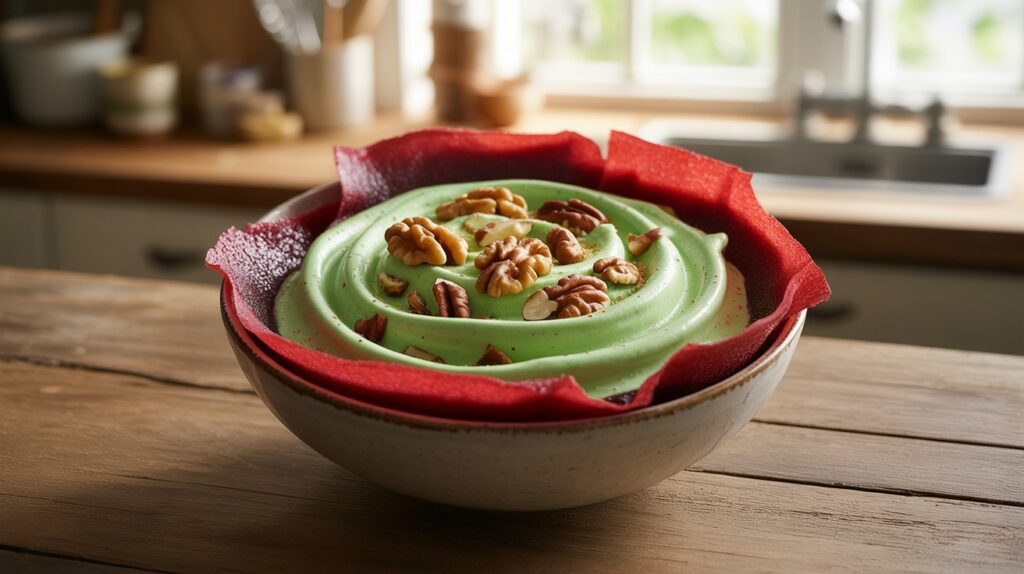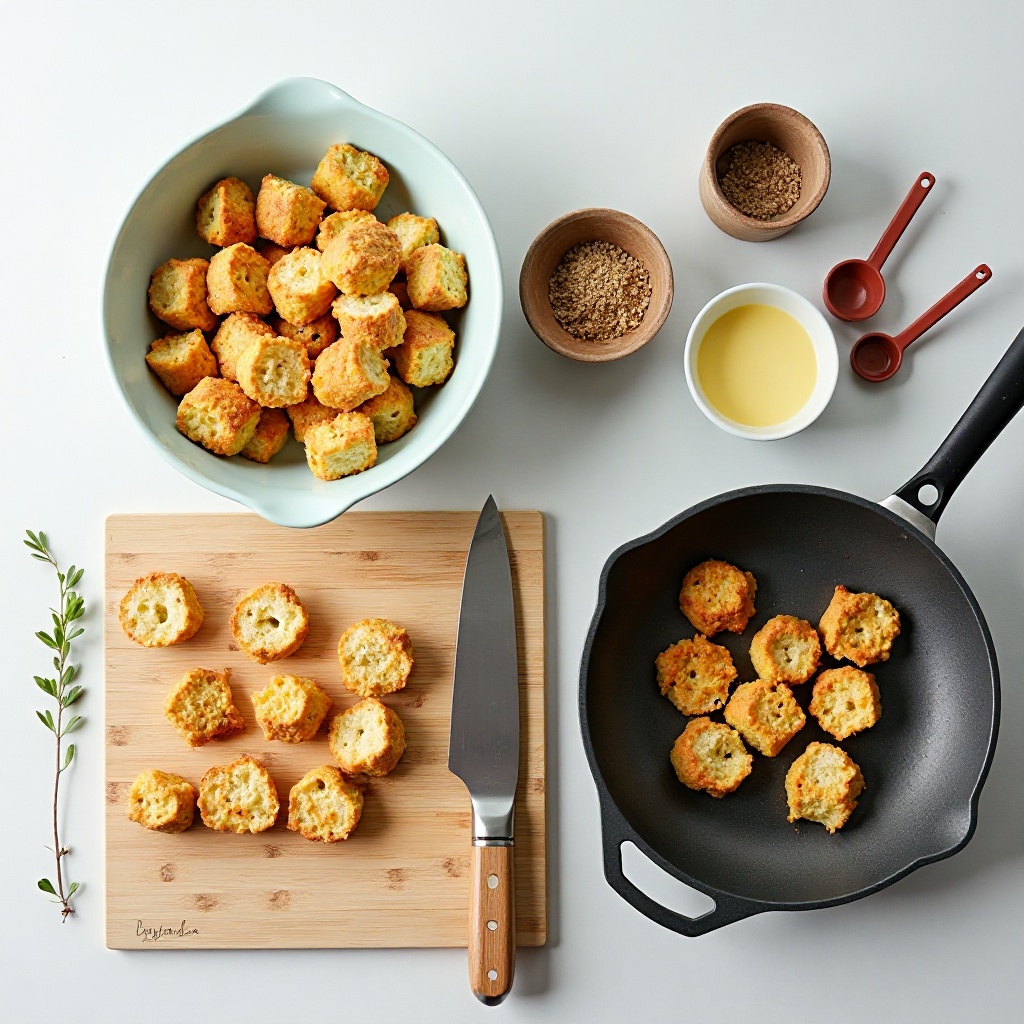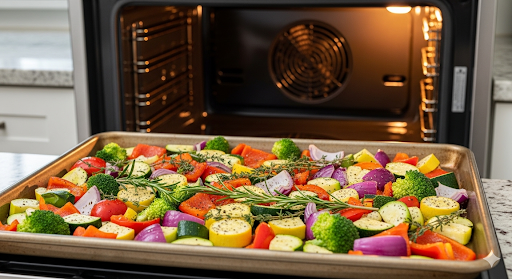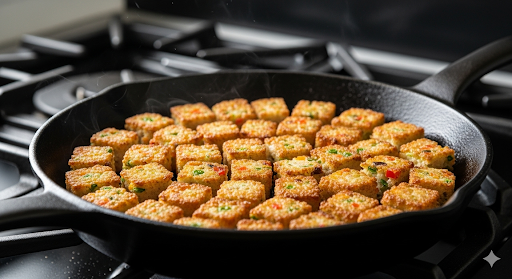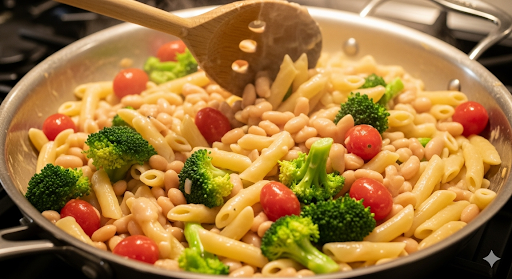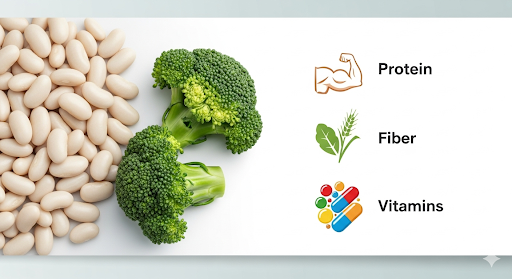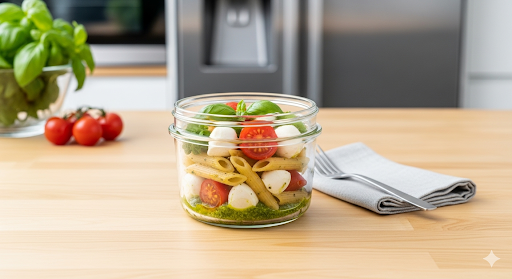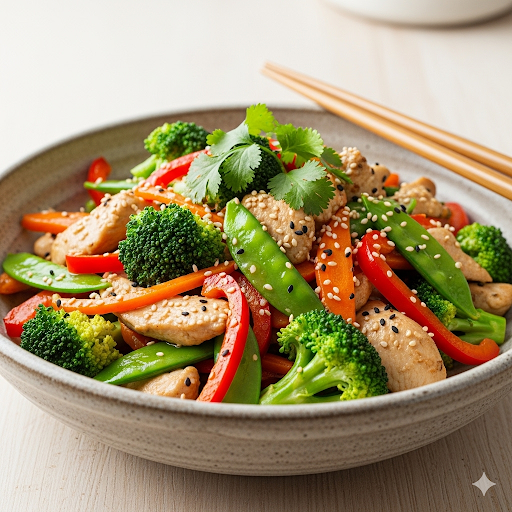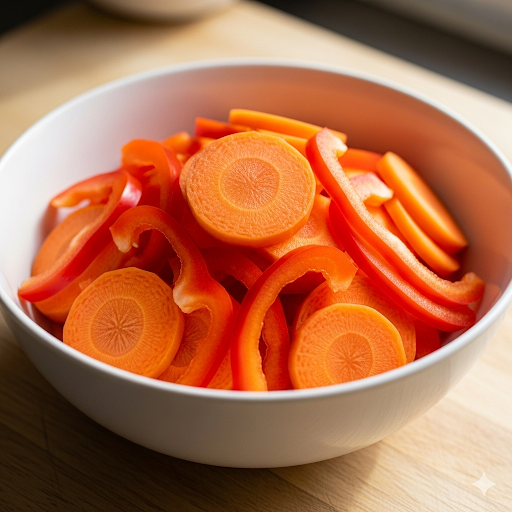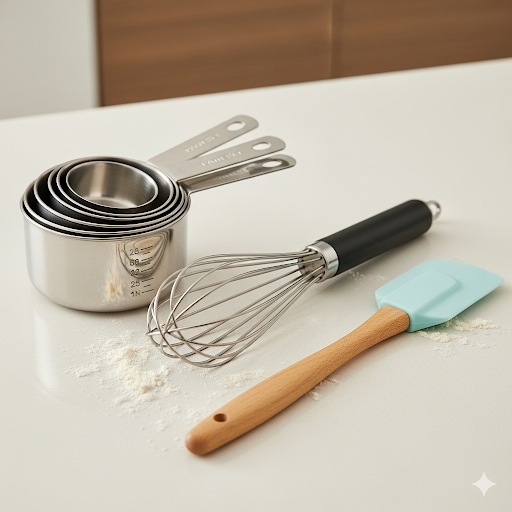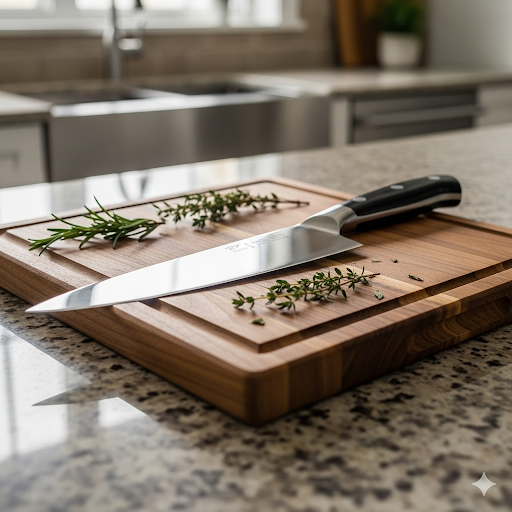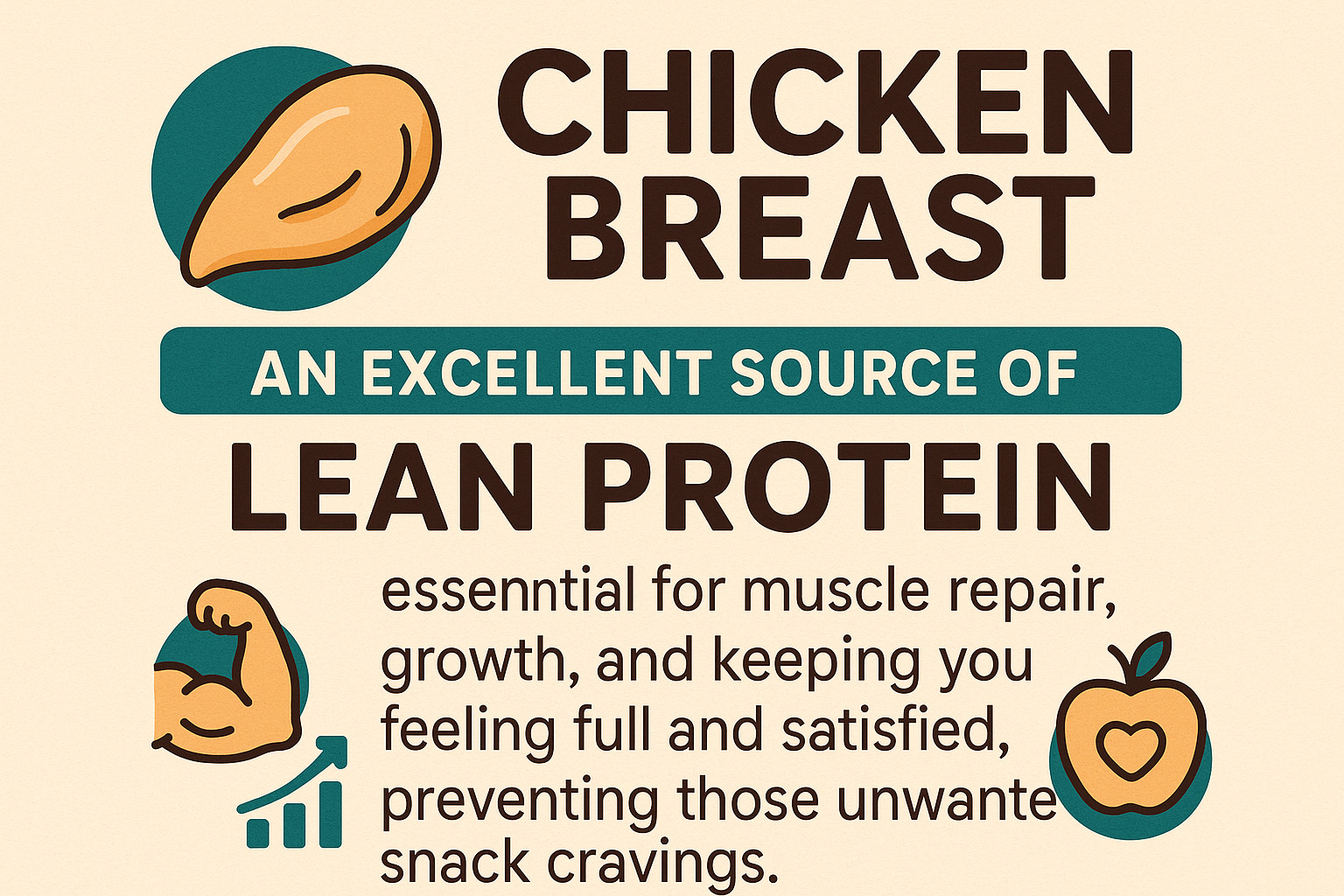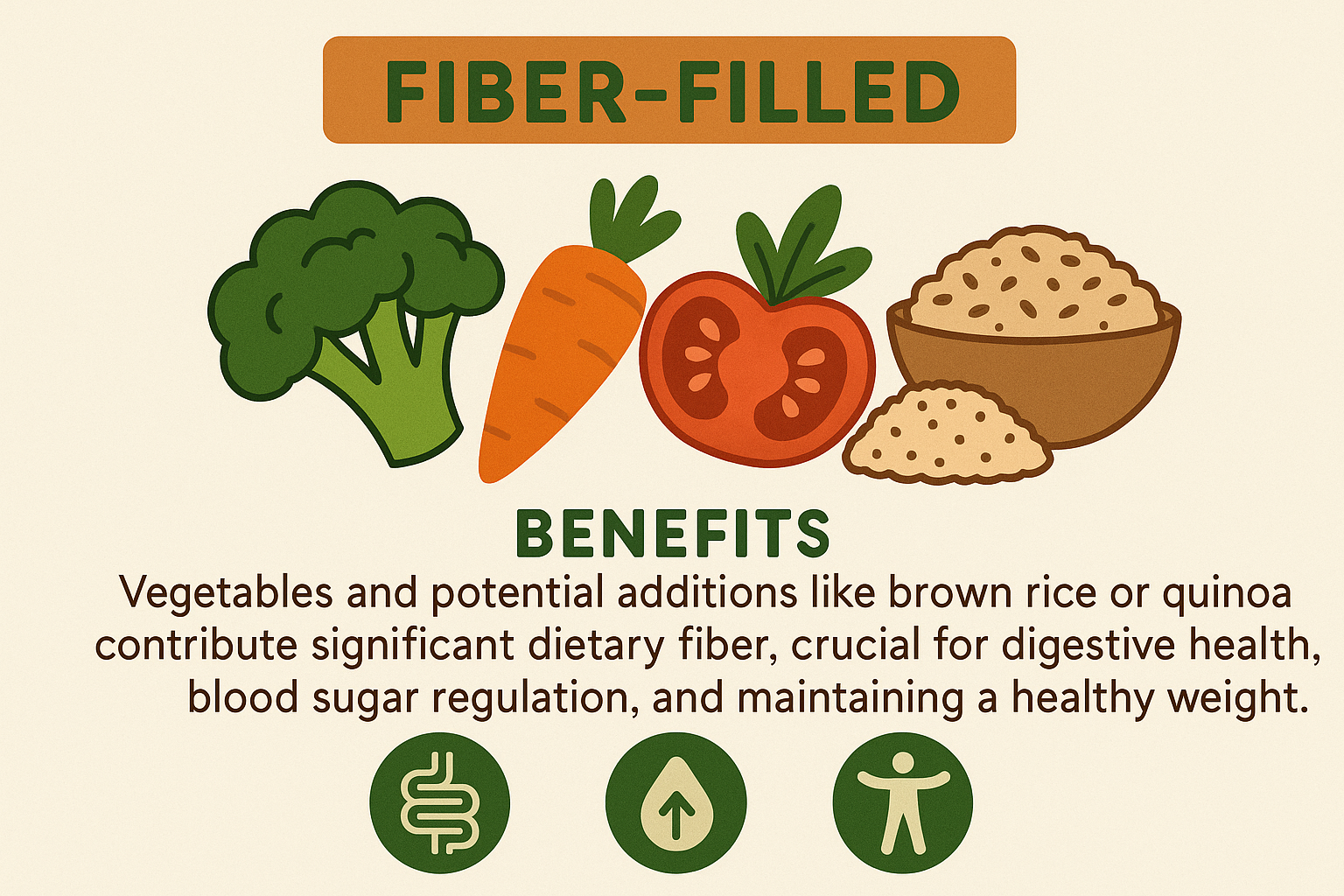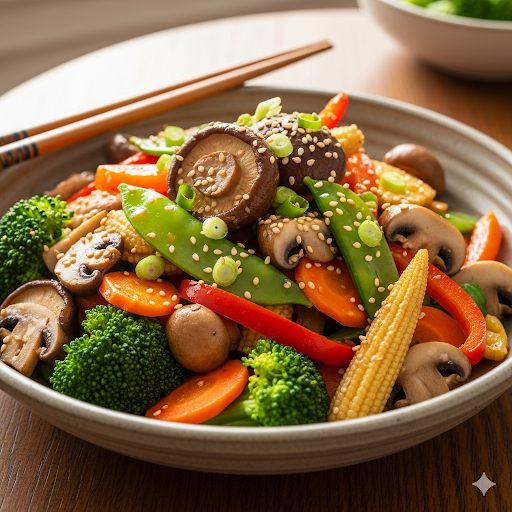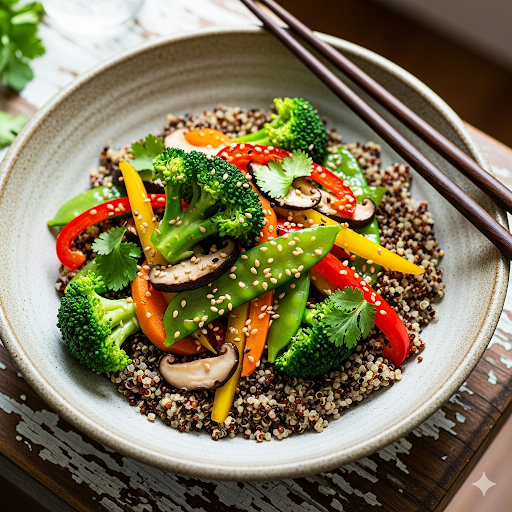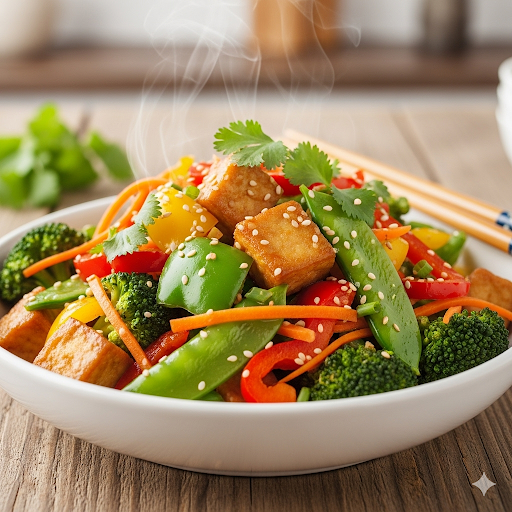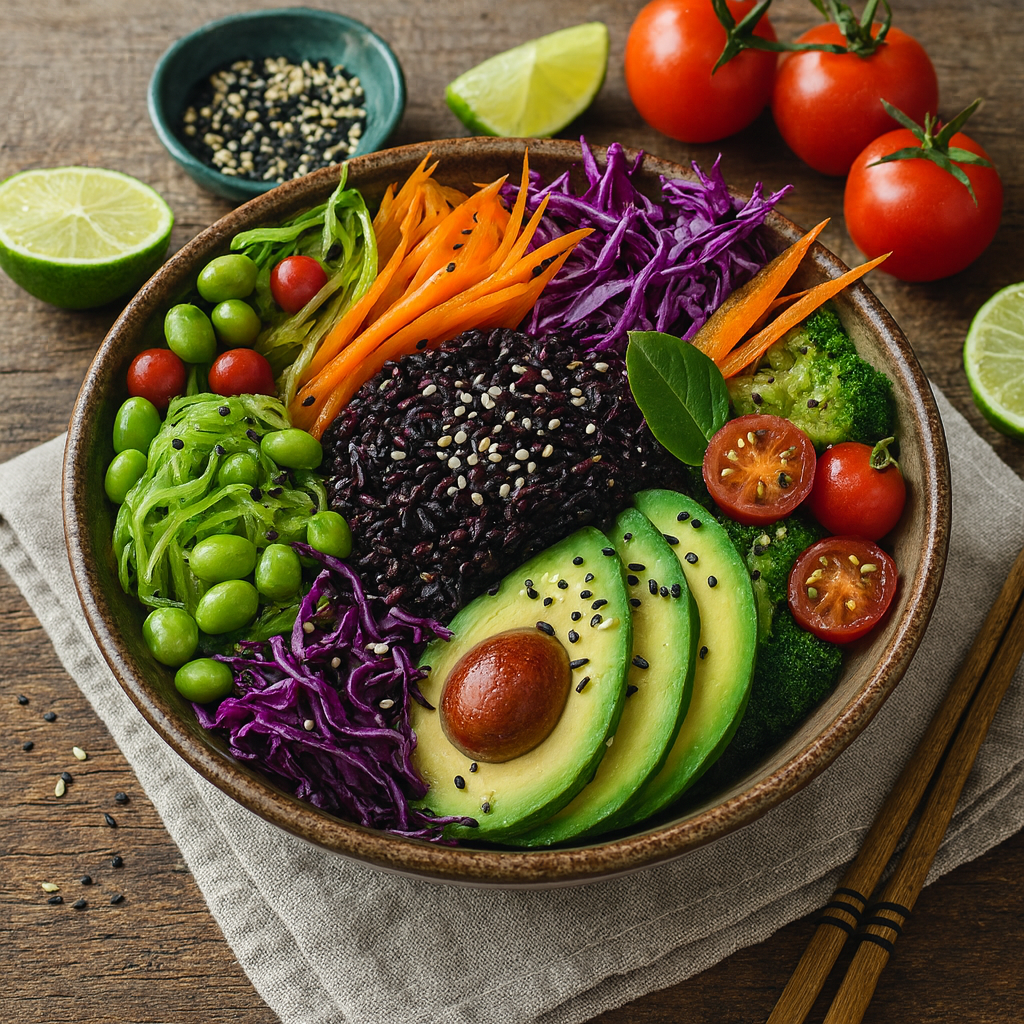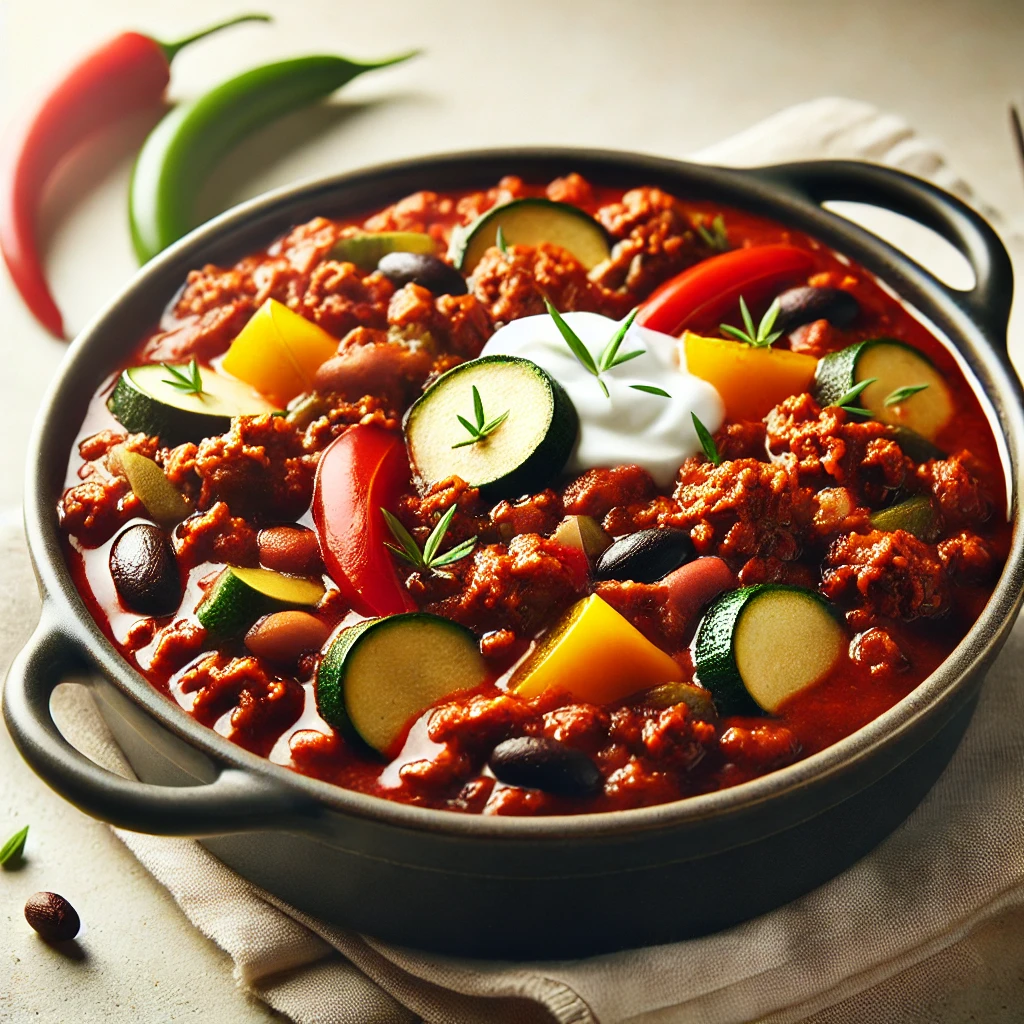This article delves into the vibrant world of a delicious and simple veggie salad that will transform your health. Discover how a few simple, fresh ingredients can create a powerful nutrient-packed meal. Learn to make this veggie salad a staple in your diet for a delicious wellness boost.
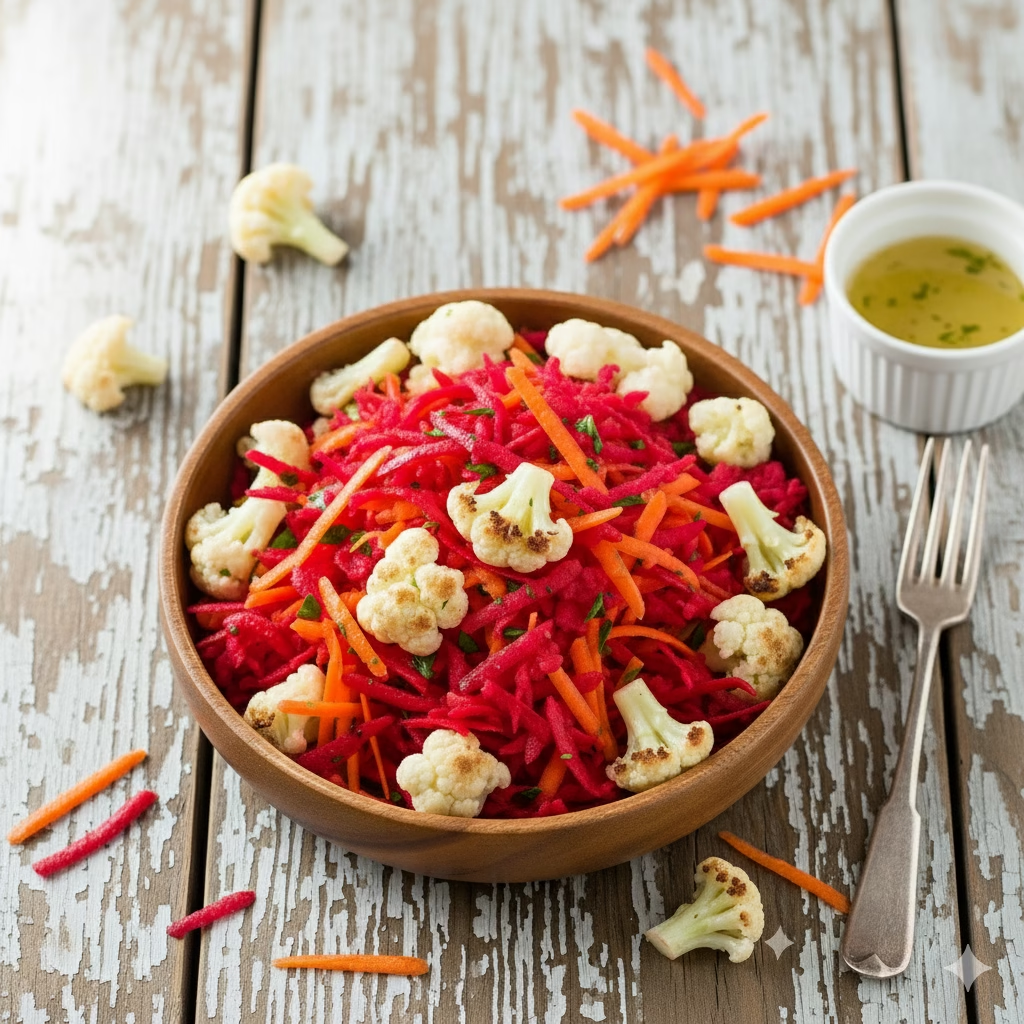

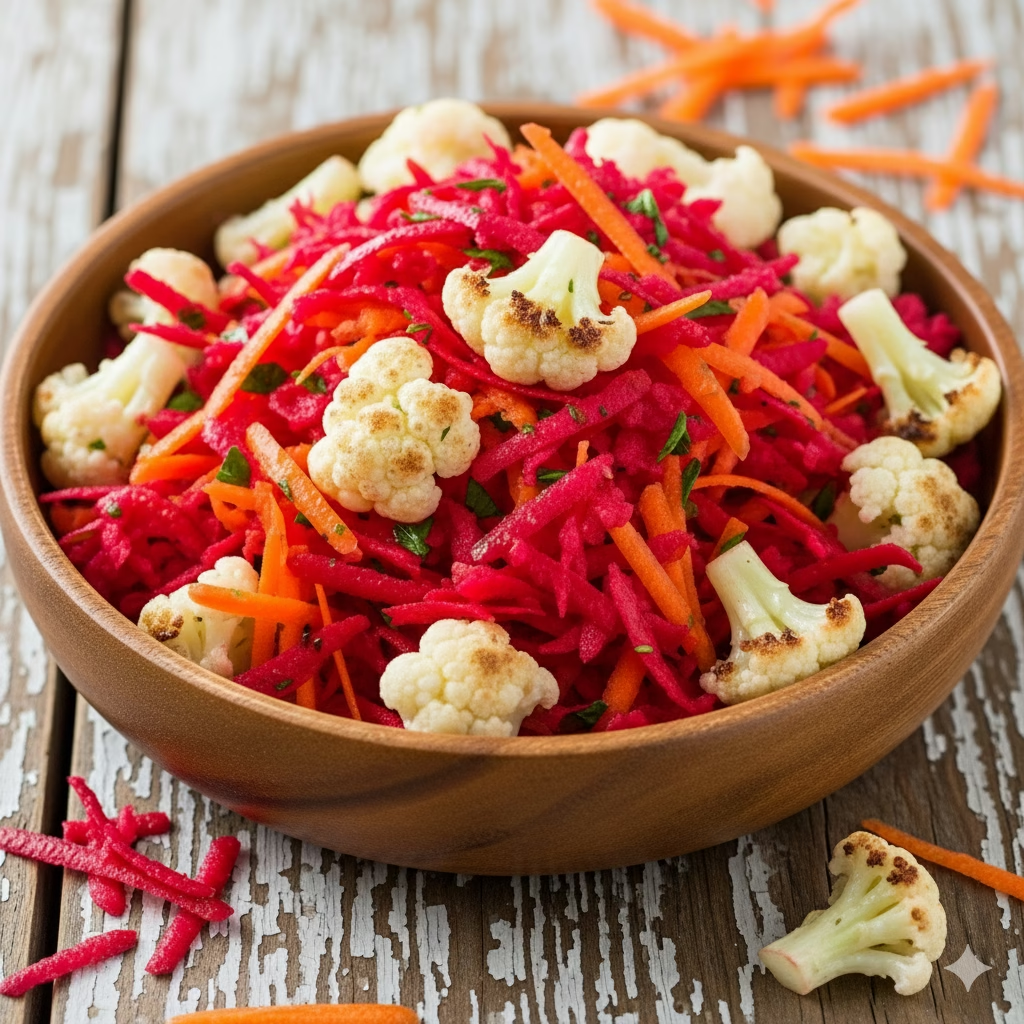
A Symphony of Color and Health for this Veggie Salad
Imagine a salad so vibrant and full of life that it’s almost too beautiful to eat. This isn’t just any side dish; it’s a celebration of color and a powerhouse of nutrients designed to invigorate your body and delight your taste buds.
Our featured salad combines the earthy sweetness of grated beetroot, the crisp crunch of shredded carrots, and the tender, comforting texture of cooked cauliflower florets. It’s an approachable, delicious meal that proves healthy eating can be both simple and incredibly satisfying.
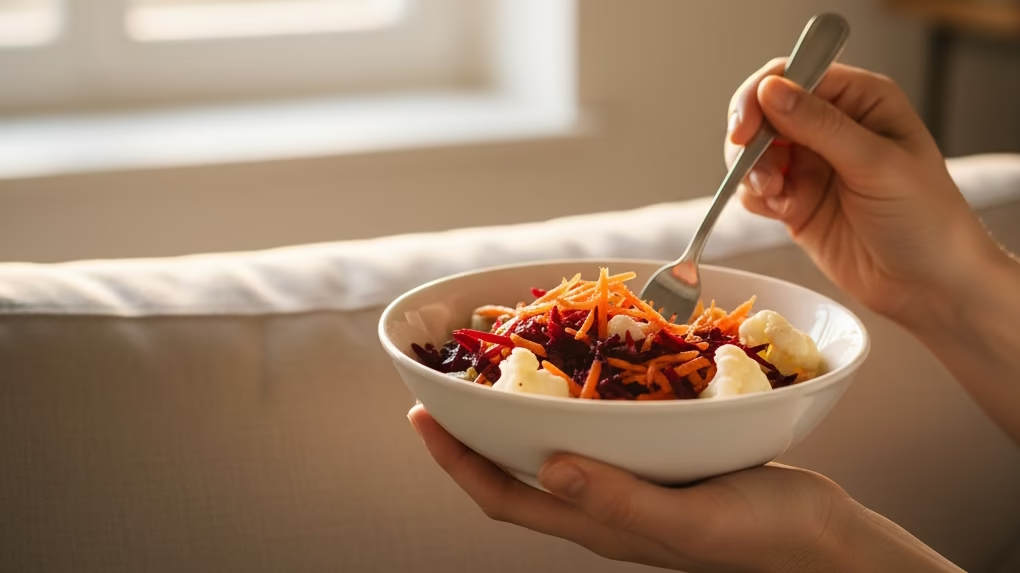
In a world filled with complex recipes and endless diet trends, this vibrant veggie salad stands out for its simplicity and potent health benefits. Each ingredient brings its own unique flavor profile and an impressive list of vitamins, minerals, and antioxidants.
The beautiful deep crimson of the beetroot, the sunny orange of the carrots, and the creamy white of the cauliflower create a visual feast that makes this salad a joy to prepare and eat. It’s the perfect way to add more fresh vegetables to your daily routine without feeling like you’re sacrificing flavor or fun.
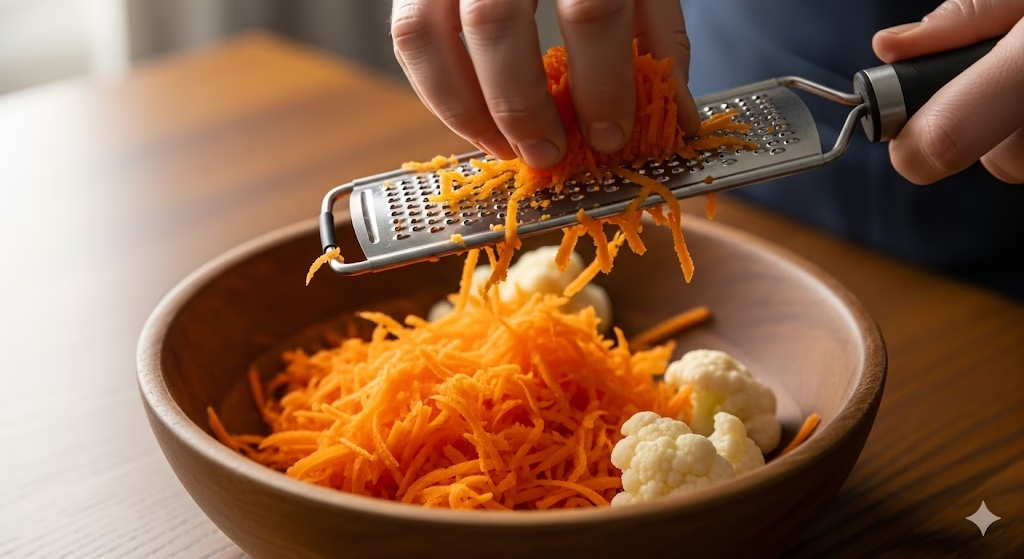
The Secret to a Seriously Satisfying Veggie Salad
Beyond its visual appeal, this salad is a testament to the idea that real food can be a source of true wellness. The combination of these particular vegetables creates a synergistic effect, where their individual benefits are amplified when consumed together. It’s a delicious way to support your immune system, improve digestion, and boost your energy levels naturally. The recipe is also incredibly versatile, allowing you to easily adapt it to your preferences and what you have on hand. It’s a recipe that invites creativity and makes healthy eating an exciting journey.
What’s even better is how easy this recipe is to master. You don’t need to be an expert chef to create something this delicious. We’ve broken down every step into simple, straightforward instructions that anyone can follow, whether you’re a seasoned home cook or just starting your culinary adventure. The main effort lies in preparing the vegetables, but the payoff is a meal that will leave you feeling nourished and energized for hours. It’s a perfect option for a quick lunch, a light dinner, or a healthy side dish to any meal.
So, are you ready to transform a few humble root vegetables into a spectacular dish? This article will guide you through every detail, from selecting the freshest ingredients to mastering the simple preparation techniques. You’ll learn about the incredible benefits of each vegetable and how to create the perfect balance of flavors and textures. Get ready to add this beautiful, colorful, and nourishing veggie salad to your weekly meal rotation. Your body and taste buds will thank you for it.
Prep & Cook Time
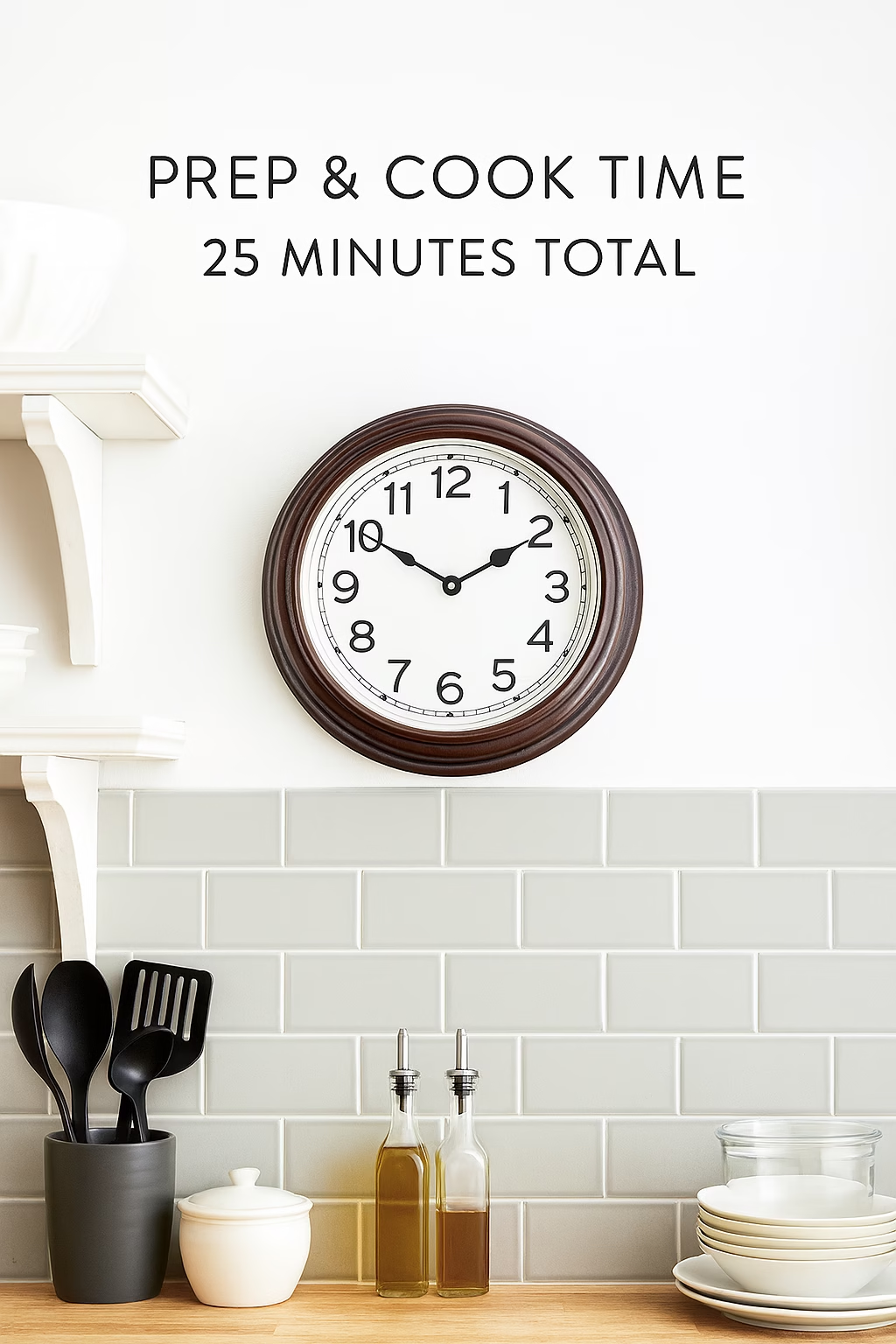
- Time to Prepare: 15 minutes
- Time to Cook: 10 minutes
Servings
This recipe makes 4 servings.
Nutritional Breakdown for the Veggie Salad
This veggie salad is a nutritional powerhouse. The beetroot provides antioxidants and nitrates, which can help with blood flow and athletic performance. Carrots are famously rich in beta-carotene, essential for vision health and immune function. Cooked cauliflower is a fantastic source of Vitamin C, K, and fiber, aiding in digestion and reducing inflammation. The salad is naturally low in calories and fat while being packed with vitamins and minerals, making it a perfect choice for weight management and overall health.
Essential Equipment

- Vegetable grater or food processor with a grating attachment
- Large mixing bowl
- Steamer basket or pot for boiling
- Serving spoon
Ingredients for the Best Veggie Salad
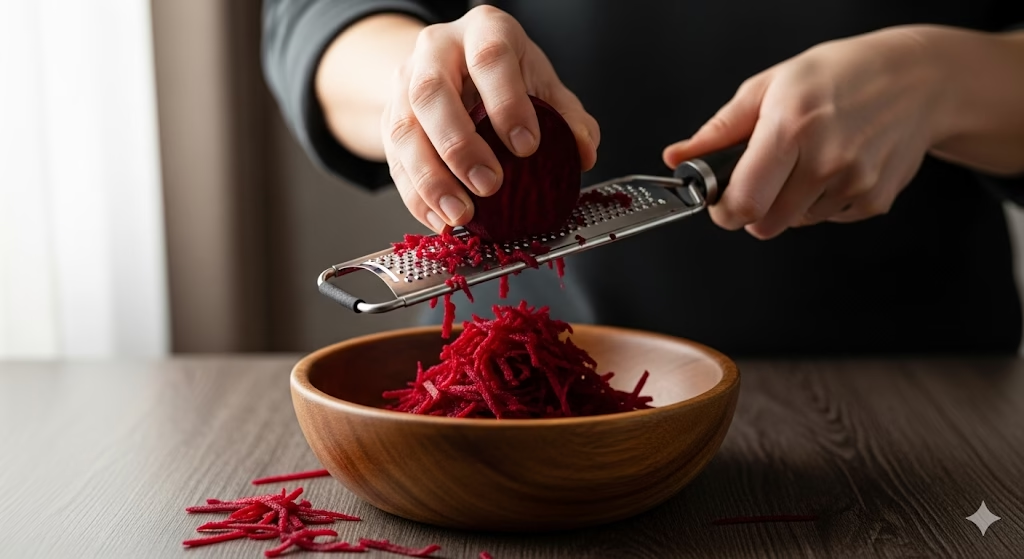
- 2 medium beetroots, raw and peeled
- 3 large carrots, peeled
- 1 small head of cauliflower (about 1 lb), broken into small florets
- 1/4 cup finely chopped fresh parsley or cilantro
- 2 tablespoons extra virgin olive oil
- 2 tablespoons fresh lemon juice
- 1 teaspoon honey or maple syrup
- 1/2 teaspoon salt
- 1/4 teaspoon black pepper
Step-by-Step Instructions
Prepare the Cauliflower: First, we’ll cook the cauliflower to get that tender, soft texture. Fill a pot with about an inch of water and place a steamer basket inside. Bring the water to a boil. Add the cauliflower florets to the basket, cover the pot, and steam for about 5-7 minutes. The cauliflower should be tender but not mushy. Once cooked, remove the florets and let them cool completely. You can also boil the cauliflower directly in a pot of water for a similar result.
Grate the Vegetables: While the cauliflower is cooling, take your peeled beetroots and carrots. Using a box grater with the large-hole side, carefully grate both vegetables into your large mixing bowl. A food processor with a grating attachment will make this step much faster and easier if you have one.

Combine All Ingredients: Add the cooled, cooked cauliflower florets to the bowl with the grated beetroot and carrots. The cauliflower should be small enough to mix in easily. Sprinkle the finely chopped parsley or cilantro over the vegetables.
Make the Dressing: In a small separate bowl, whisk together the extra virgin olive oil, fresh lemon juice, honey or maple syrup, salt, and black pepper. Whisk until the ingredients are fully combined and the dressing is a smooth consistency.

Toss the Salad: Pour the dressing over the vegetables in the large bowl. Using a serving spoon, gently toss the salad until all the ingredients are evenly coated. Be careful not to mash the grated vegetables. The goal is a light and fluffy mix.
Serve and Enjoy: This salad is best served fresh. You can enjoy it as a main course for a light meal or as a vibrant side dish. For the best flavor, let it sit for a few minutes before serving to allow the flavors to meld together.
The Benefits of This Colorful Veggie Salad
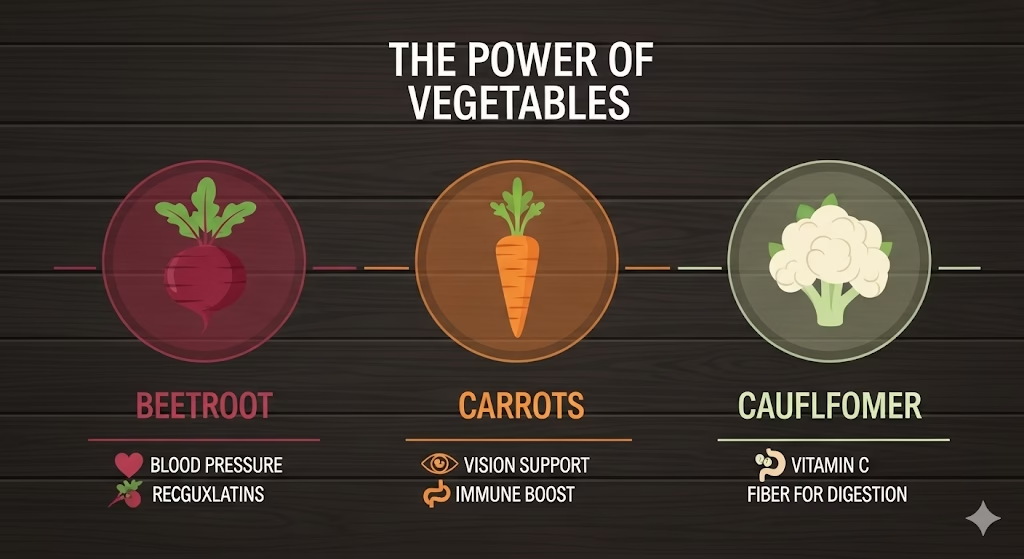
This salad is more than just a feast for the eyes; it’s a powerful source of health and wellness. Let’s break down the incredible benefits each ingredient brings to the table.
The Power of Beetroot
Beetroot is a root vegetable known for its deep color and unique earthy taste. It is packed with essential nutrients, including fiber, folate (vitamin B9), manganese, potassium, and iron. Beetroot contains a high concentration of nitrates, which the body converts into nitric oxide. This compound helps to dilate blood vessels, improving blood flow and lowering blood pressure. This makes beetroot a favorite among athletes for its potential to enhance performance and endurance.
The Goodness of Carrots
Carrots are famous for their high beta-carotene content, which our bodies convert into Vitamin A. This vitamin is crucial for maintaining good vision, supporting a strong immune system, and promoting healthy skin. Carrots also provide a significant amount of fiber, which aids in digestion and helps maintain gut health. Their natural sweetness makes them a perfect complement to the other flavors in this salad.
The Perks of Cooked Cauliflower
Cauliflower is a versatile vegetable that becomes tender and slightly sweet when cooked. It is an excellent source of Vitamin C, which is vital for immune function and acts as a powerful antioxidant. Cauliflower also contains Vitamin K, important for bone health, and a good amount of fiber, which contributes to digestive regularity. Its mild flavor makes it a perfect textural addition to this salad without overpowering the other ingredients.

Veggie Salad Recipe Variations
This recipe is incredibly flexible. Here are some simple variations to customize it to your taste or dietary needs.
| Variation | Description |
| Add Protein | For a more substantial meal, add grilled chicken, chickpeas, lentils, or crumbled feta cheese. |
| Nutty Crunch | Add a sprinkle of toasted walnuts, pecans, or sunflower seeds for extra crunch and healthy fats. |
| Spicier Dressing | Add a pinch of red pepper flakes or a dash of hot sauce to the dressing for a fiery kick. |
| Creamy Dressing | Swap the olive oil and honey dressing for a creamy yogurt-based dressing with a hint of garlic and dill. |
| Fresh Herbs | Experiment with different fresh herbs like mint, basil, or chives to change the flavor profile. |
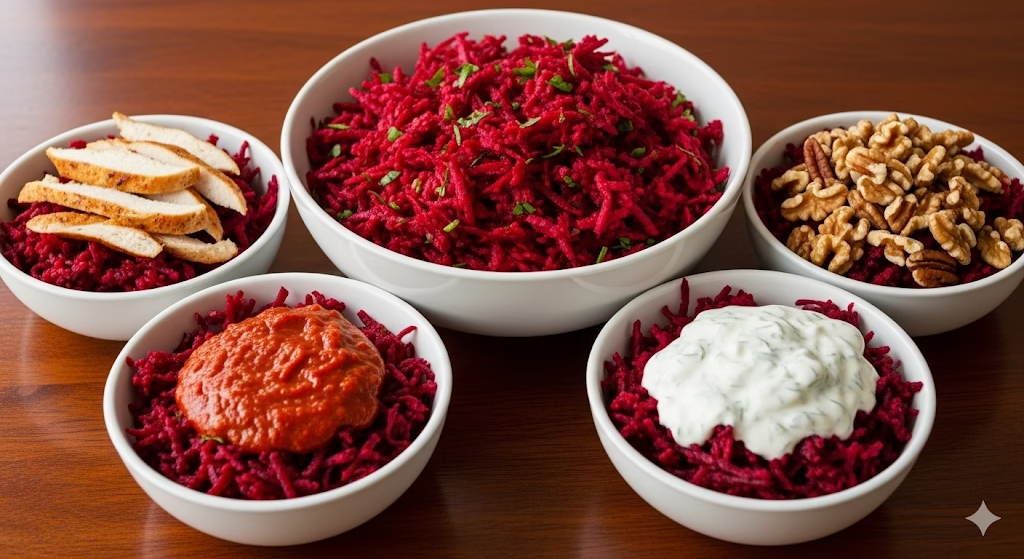
Final Thoughts
This veggie salad is more than just a recipe; it’s a foundation for a healthier lifestyle. By prioritizing whole, natural ingredients, you can create a meal that is both incredibly delicious and deeply nourishing. The simplicity of this salad makes it a go-to option for a quick and satisfying meal, while its vibrant colors and rich flavors prove that healthy eating doesn’t have to be boring. Make this recipe a new habit, and watch as you feel more energized, vibrant, and ready to take on the day. Your journey to better health starts with simple, deliberate choices, and this salad is the perfect one to make today.
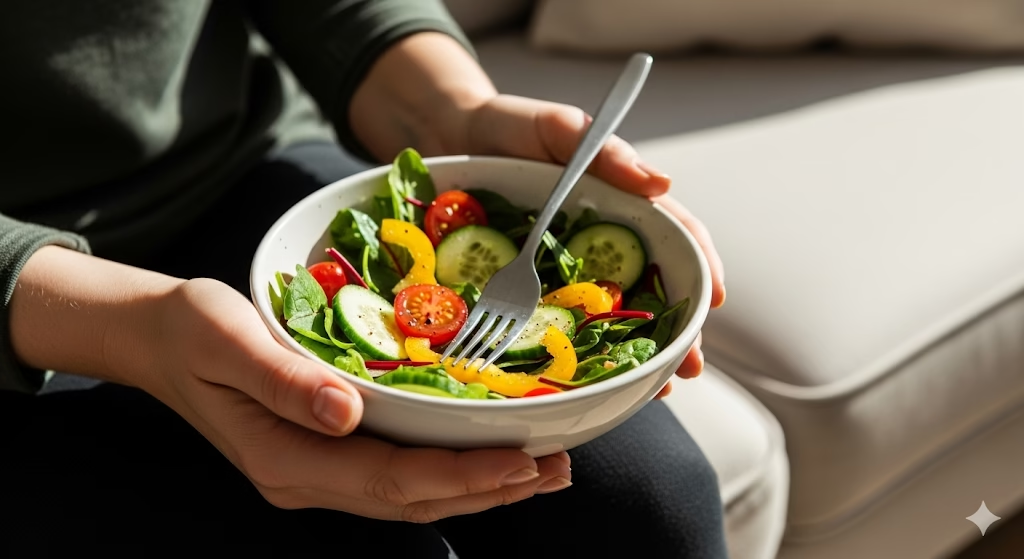
Frequently Asked Questions (FAQs)
Q: Can I make this salad ahead of time?
A: Yes, you can. You can grate the beetroot and carrots a day in advance and store them in an airtight container in the refrigerator. However, for the best flavor and texture, it’s best to make the dressing and toss the salad right before serving.
Q: Is this salad suitable for people with diabetes?
A: Yes. The salad is low in sugar and carbohydrates and high in fiber, which helps regulate blood sugar levels. The honey or maple syrup in the dressing can be omitted or replaced with a sugar-free alternative if needed. As always, consult a healthcare professional for personalized dietary advice.
References
- U.S. Department of Agriculture – Carrots
- National Institutes of Health – Dietary Supplements
- Harvard T.H. Chan – Nutrition Source
Recent Posts
